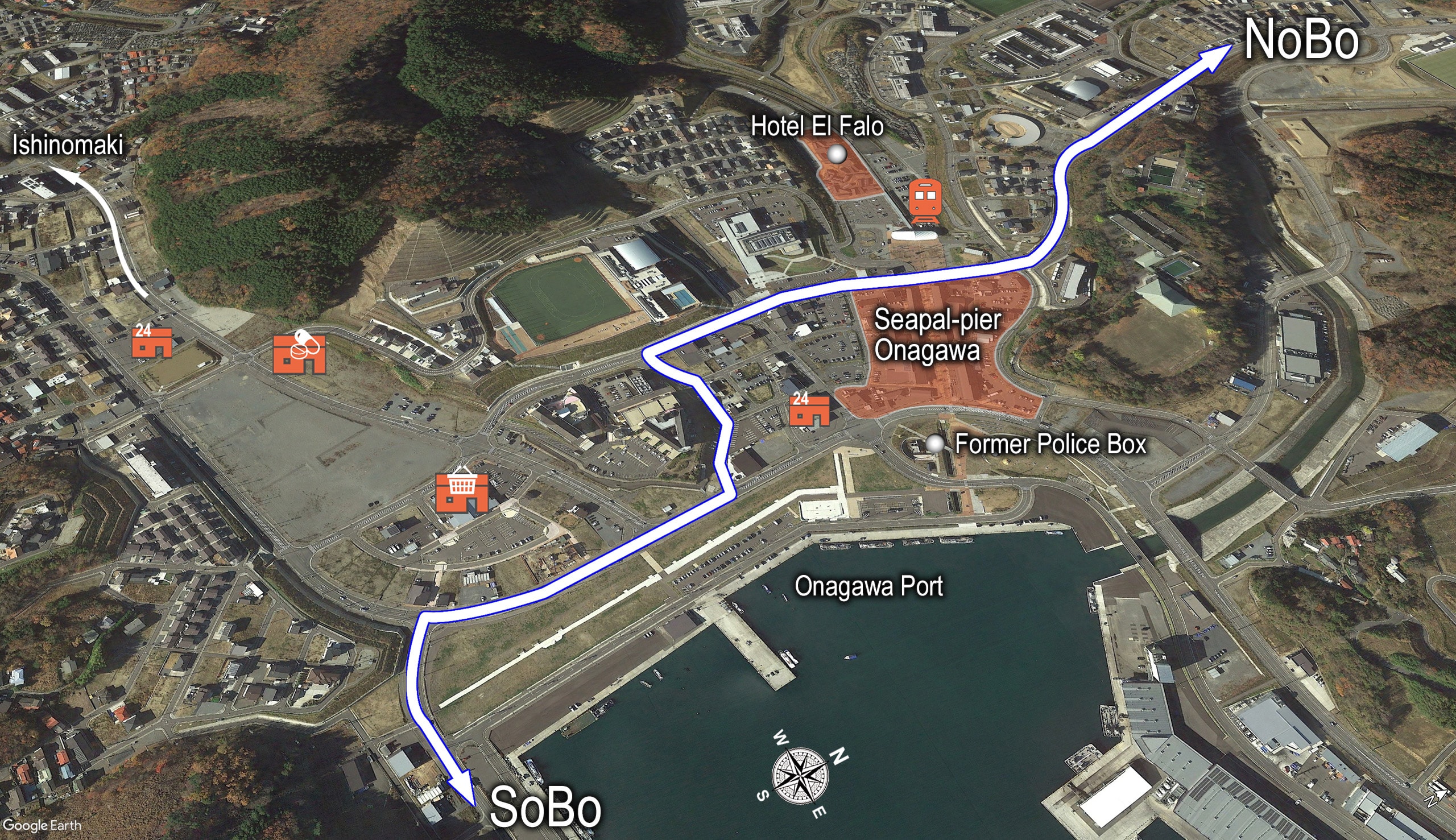
Onagawa, an ideal rest-day town
Almost two weeks had passed since we started from the MCT Southern Terminus in Soma. It was about time to take a much-needed rest day.
As much as we wished we could spontaneously stop and take a rest day, the lodging situation and hiking environment in Japan don’t work well with it. We examined the MCT map books, carefully picked an ideal place, and planned our rest day several days in advance.
What do we want for our rest day place? Ideally, somewhere not too remote that has lodgings with relatively modern spacious rooms. Easy access to a convenience store, multiple restaurant options, and either a drug store or home improvement store is a must, too.
Located at the base of the Oshika Peninsula, Onagawa Town 女川町, met the checklist perfectly.
Onagawa is one of the two ports where ferries to the Kinkasan Island are available.
Onagawa may look far from downtown Ishinomaki on the MCT route map because all the parts of the Oshika peninsula and islands take four days to walk through. But these two towns are actually closer to each other than we would think. Only 15km in a straight line, 30-min by train or 25-min by car.
This gives your hiking plan more flexibility, including the hardest reachable Kinkasan Island.
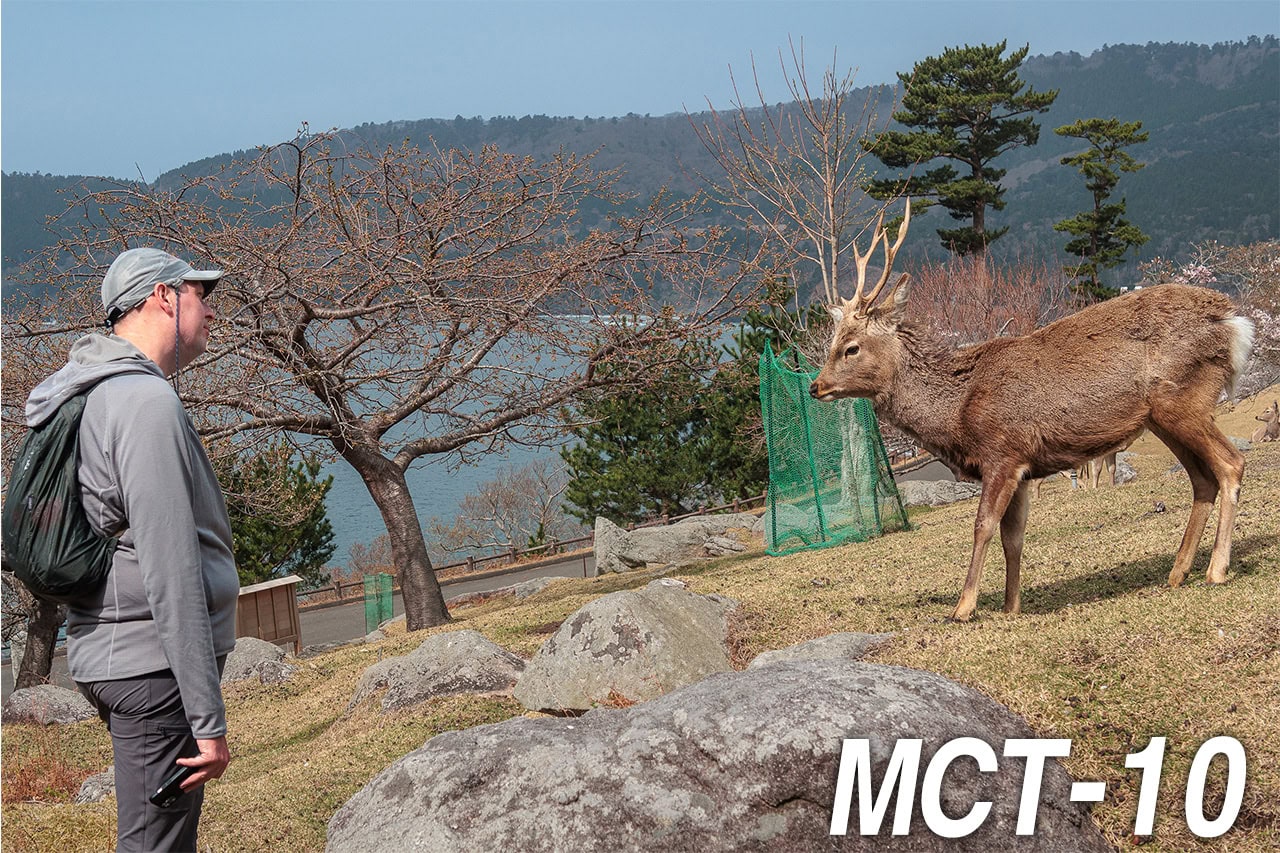
Whether you are Sobo or Nobo, you can use transportation to temporarily skip the Oshika peninsula to catch the ferries to the islands or switch your itinerary around when you cannot find lodgings at your desired location on your desired date.
After walking down from Mt. Dairokutenyama and through the Onagawa Port area, we came out to downtown Onagawa. The hub of the town was Onagawa train station, which was about 200m inland from the port area. They were connected by a very straight and wide brick road through a shopping area with store buildings in a unified modern design. We arrived later than we initially estimated, and it was getting darker, so we hurried our way.
When picking up places to stay, we prefer business hotels, preferably in Western style, to smaller family-run inns called “minshuku.” I totally understand that first-time international tourists would like to stay at minshuku or ryokan for their more traditional Japanese style and personal interactions. Obviously, we are residents of Japan and have stayed minshukus hundreds of times, so we don’t really care for trying authentic home-cooked Japanese standard family dinners and the famous Japanese “omotenashi” that, only once in a while, could be a bit too much or cross the boundaries. Especially when we stay at the same place multiple nights, we want the freedom to step out and come back whenever we want and stay in our room during the daytime without being bothered.
Last but not least, the most important thing for us is whether or not stable and fast wifi is available in our room.
Both of us are freelancers working remotely. When we do multi-day hikes, Erik always carries his 13-inch ultralight laptop, and I take my 12.9-inch iPad Pro with a separate keyboard. While I pre-arranged not to work during our 50-day MCT thru-hike, Erik, an IT engineer/project manager, kept working on projects with clients.
So, our “rest day” was not a 100% day off but a whole day to enable him to focus.
Only a few years ago, wifi conditions at old minshukus in remote areas were a big gamble. It did quickly become better during the COVID border close time, as the national and local authorities gave quite generous incentives and tried to encourage local hospitality and tourism industries to utilize the toughest time to improve their facilities, such as installing wifi, multilingual signs, and westernizing the toilets. In fact, we got pleasant surprises a few times with unexpected super-fast internet at very remote old minshukus during our MCT thru-hike. Yet still, our safe bet mostly went to business hotels.
Hotel El Falo
The hotel we stayed at for our first rest day was called Hotel El Falo and located just on the station’s north side. What made this hotel so unique was that each guest room was an independent trailer house. The hotel looked like a mobile home park with dozens of candy-colored trailers.
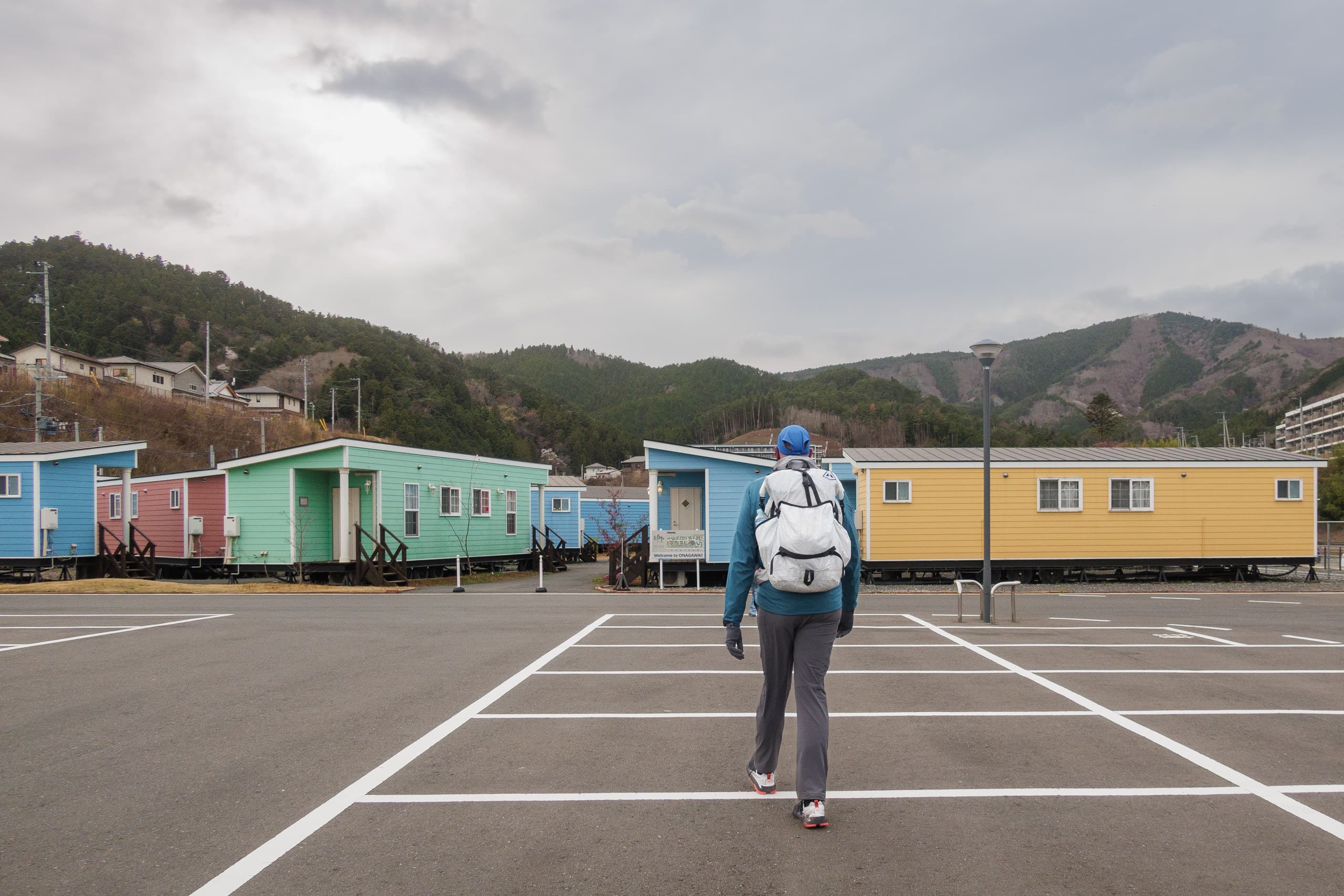
After the massive earthquake and tsunami in March 2011, trailer home builders from all over provided immediate safety and comfort to the victims throughout the disaster-battered areas who lost hoses and everything all at once.
Several local lodges in downtown Onagawa run by owner families through generations were washed away then, but nothing could crash their resilience to keep the family history going. Three owners teamed up and immediately started rebuilding a hotel with trailers instead of new houses or buildings.
Aside from economic reasons, only trailer houses allowed them to open a new hotel as soon as possible to give hope to the local community and provide accommodation to volunteers and construction workers from all over Japan. Otherwise, they had to wait for years until the flood prevention embankment of the entire downtown Onagawa area was finished and new houses and buildings could be built.
They rented a big open area inland close to the mountains and opened a new hotel there at the end of 2012. The trailers were painted candy colors to make a bright space amid the still dust-covered downtown. They named the hotel “El Falo,” meaning a lighthouse in Spanish, to light a new hope in their hometown.
When the downtown rebuilding started, El Falo moved to its current location behind the Onagawa station in August 2017.
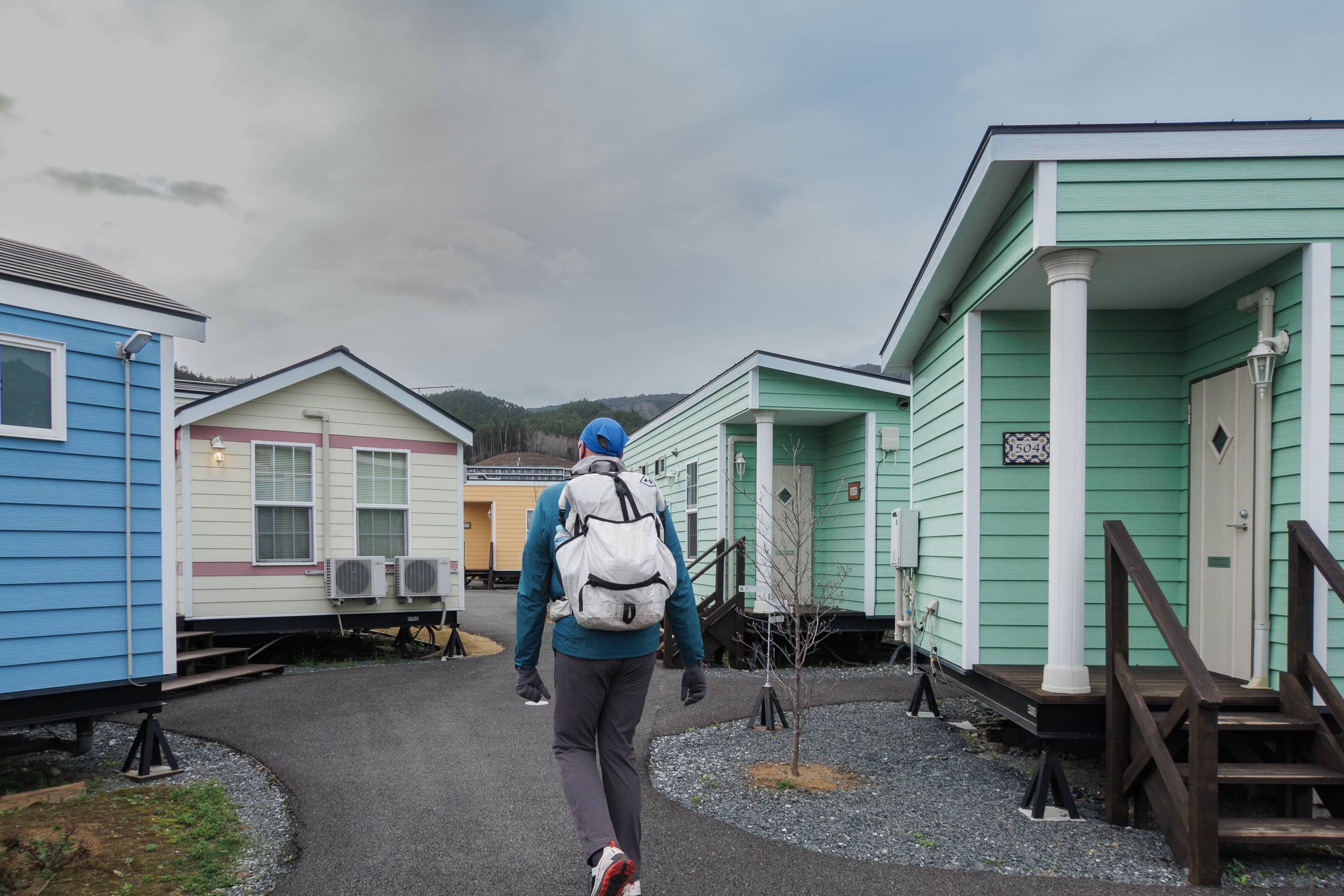
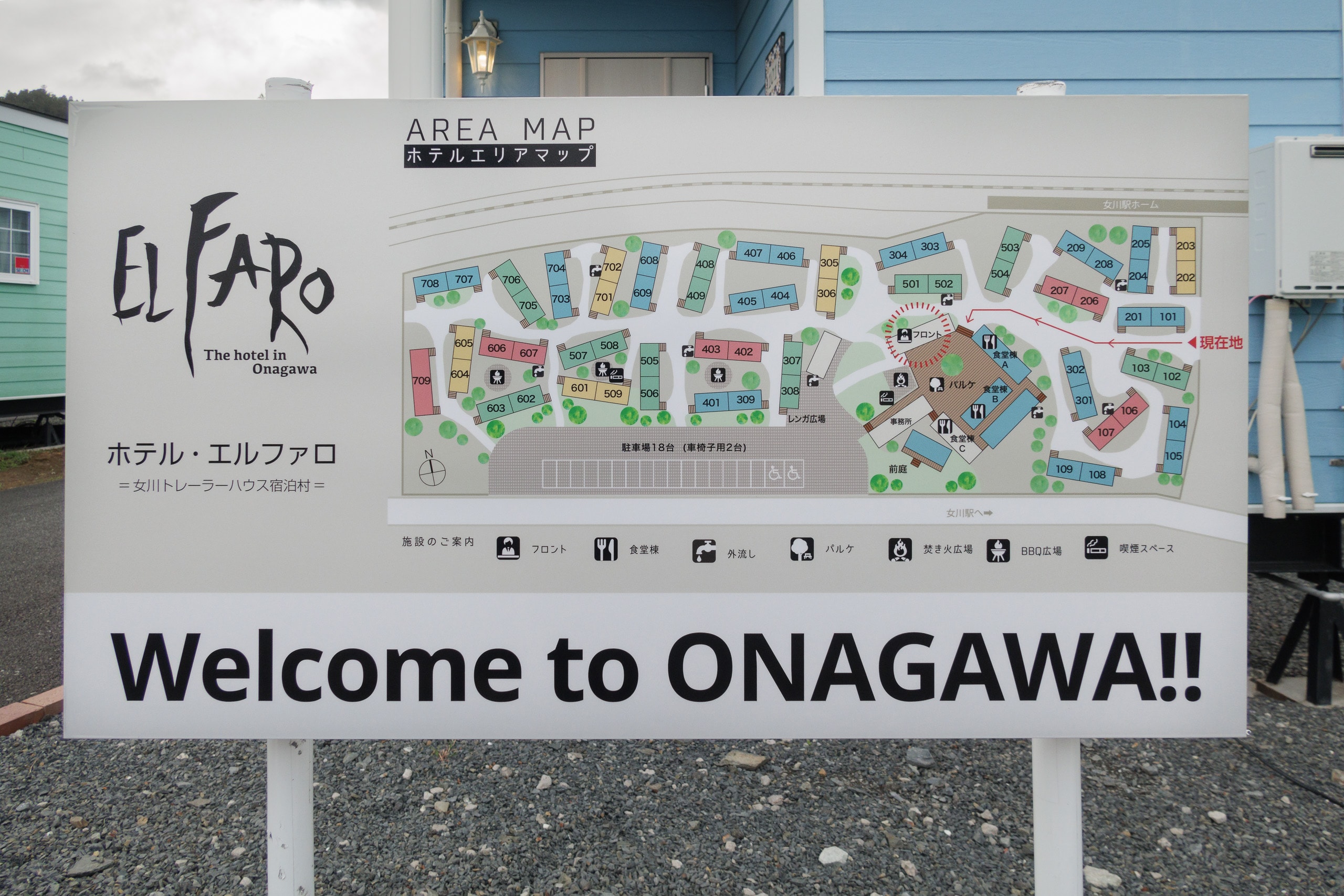
At first, we had booked a room at El Falo for two nights, but Erik re-estimated he would need one more day to finish the work. At check-in, we asked if our room could be available one more night and extended it for three nights.
Later in the three-day stay, we extended our stay once again to four nights in total. You will find the reason in our Day-15 story.
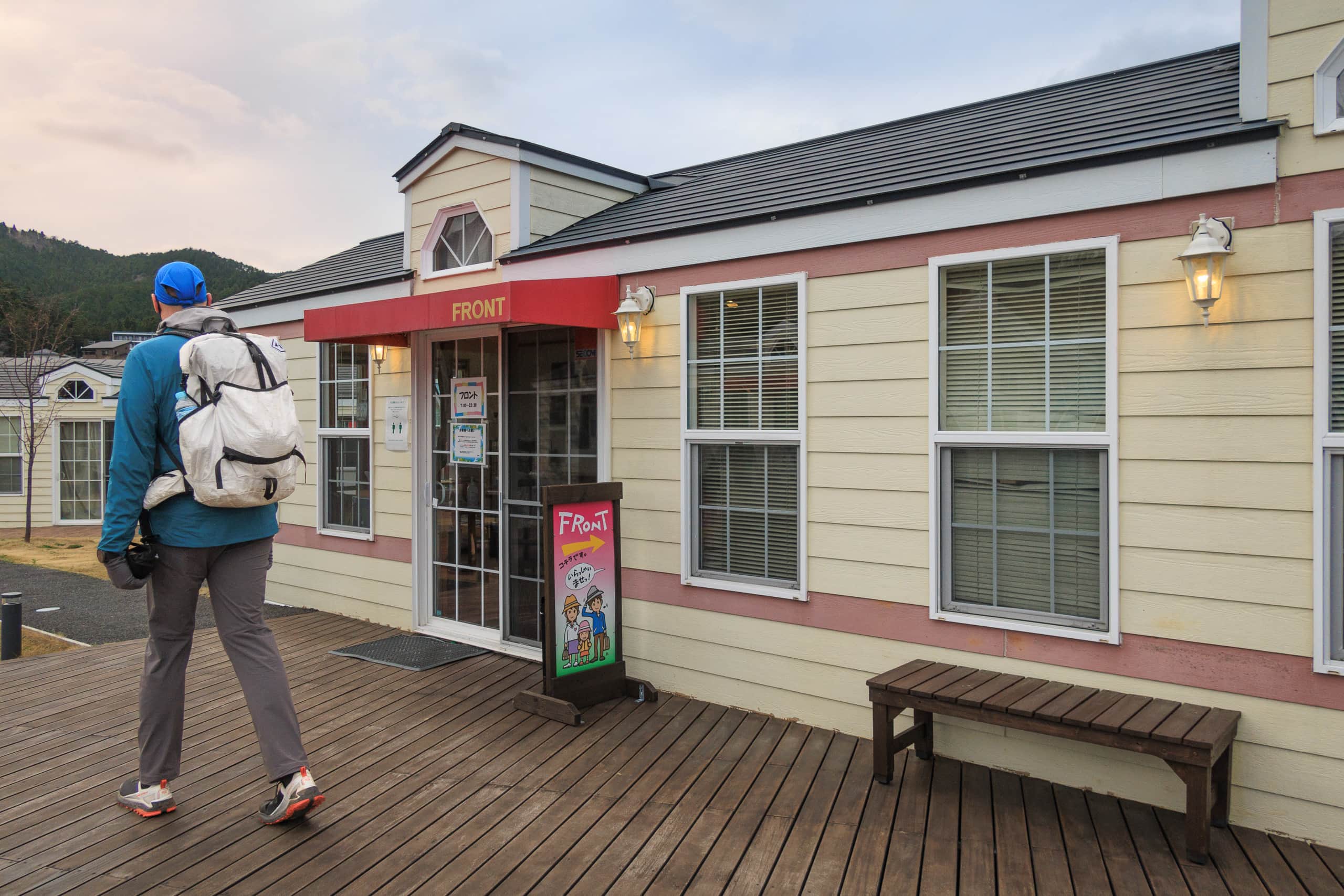
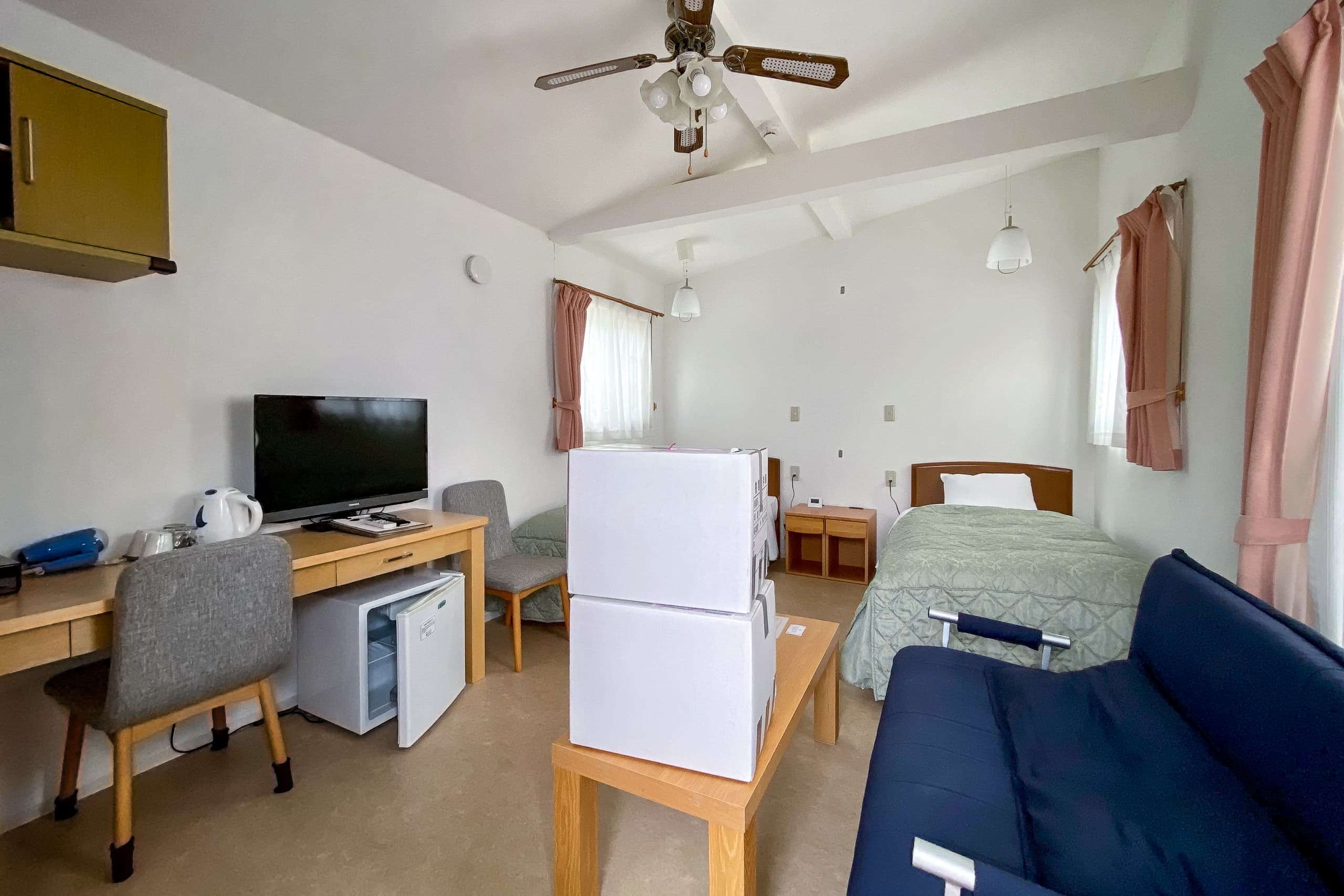
The wifi connection was not good in our original room, so Erik went to talk to the front desk. A few minutes later, he came back, looking very impressed, and said that the hotel staff immediately pulled out a graphic chart of all wifi router locations in the hotel area and apologetically gave us a new room right next to one of the wifi routers.
The new room had a fantastic wifi condition. Such a good service!
The only thing we were unsure of was the availability of coin laundry. I could not find the information anywhere online when considering El Falo. As I saw a laundromat one kilometer from the hotel, I finalized my booking anyway, accepting the worst-case scenario.
It turned out, to our big relief, that El Falo had washing machines and dryers. Even more fantastically, they were free for hotel’s overnight stay guests then. (It is very likely that the price has changed by now. So make sure to check it in advance)
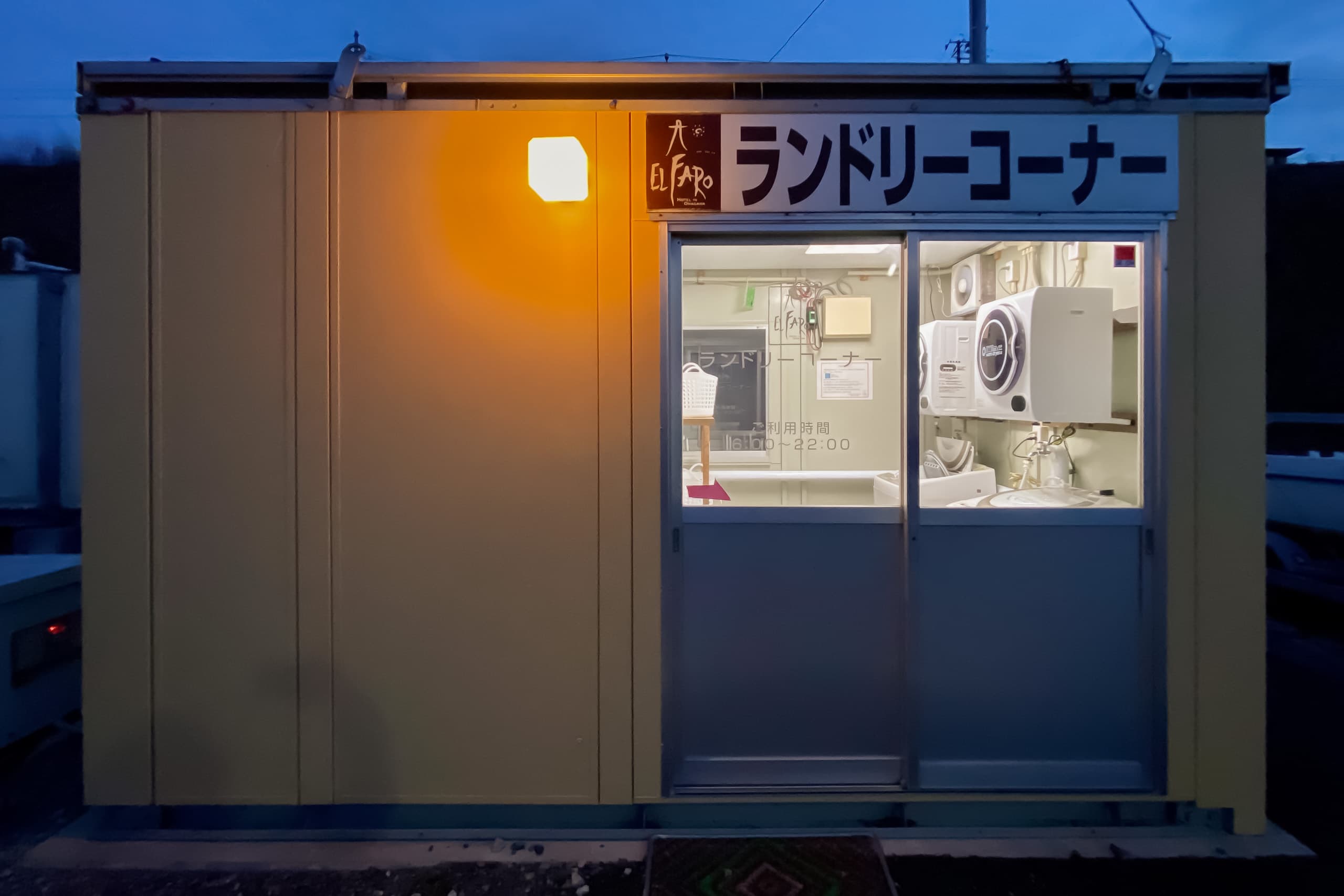
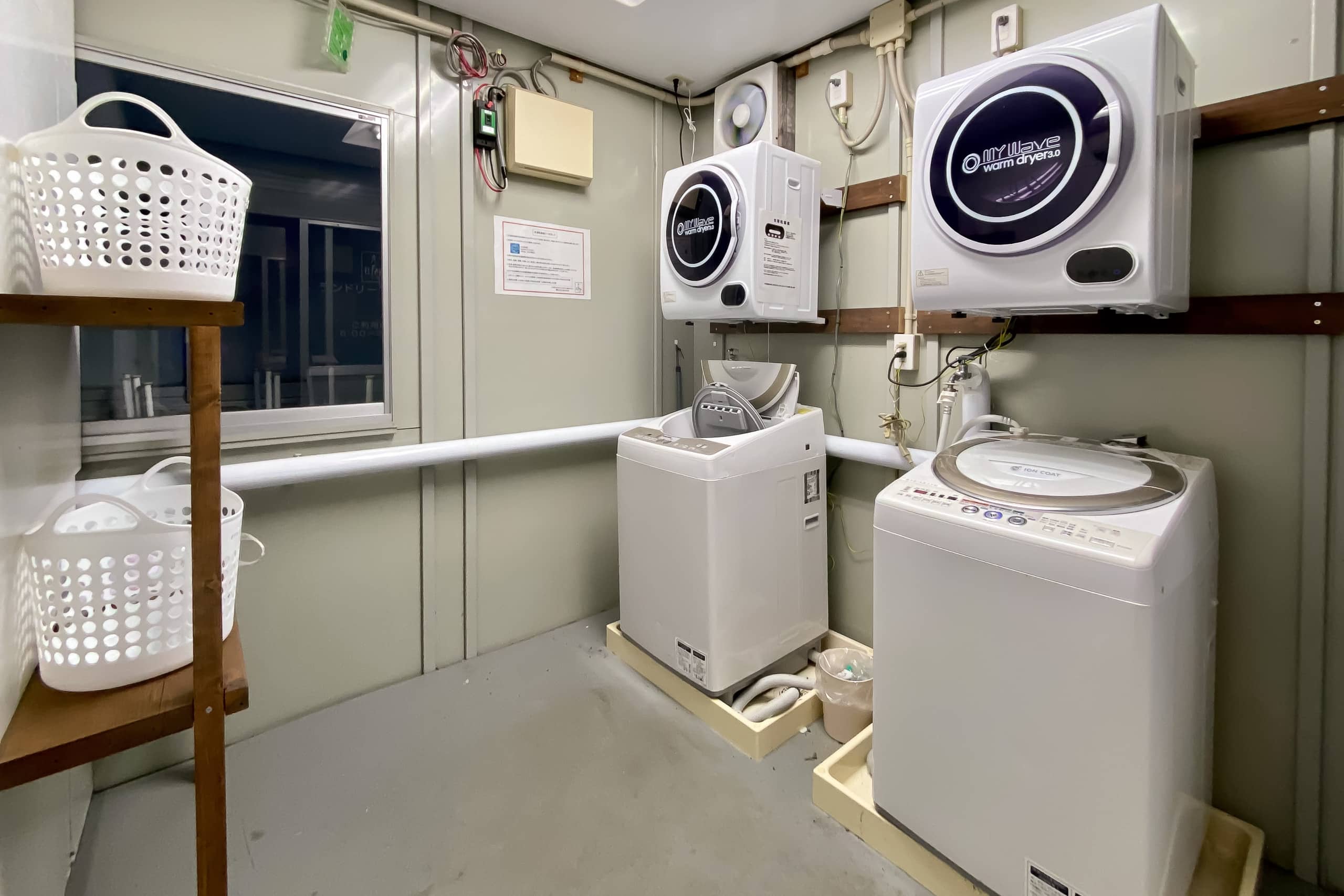
There is a popular public hot spring on the second floor of the station building, and El Falo promotes it to its guests who like soaking in large baths. Though we are usually a big fan of the onsen (hot spring), we were too lazy to walk a hundred meters to walk there during our 4-night stay. The shower and bathtub in the trailers at El Falo were pretty satisfying.
A convenience store is only 5 minutes from the hotel, and the shopping area in front of the station has good restaurants. About a kilometer, 15 minutes walk away, in the same block of the alternate laundromat, in case there is no washing machine at the hotel, there is a big grocery store and another convenience store.
On the second rest (work) day, we enjoyed a light walk to a big drugstore, 2 km from the hotel, to get resupplies for our first-aid bag, new sunscreens, and an insect repellant spray. Yes, we used sunscreens A LOT for the first two weeks full of sunlight and reflections from the concrete roads.
As of 2023, the drug store moved one kilometer closer to downtown Onagawa in a new location right next to the grocery store, making it even more convenient to stay in El Falo.
So, El Falo had everything we needed and provided a pretty comfortable place to stay for four nights.
Seapal-Pier Onagawa and the former Onagawa Police box
The following morning, after much-awaited longer sleep, we went out to the convenience store to check what was in the shopping area, Seapal-Pier Onagawa on the way.
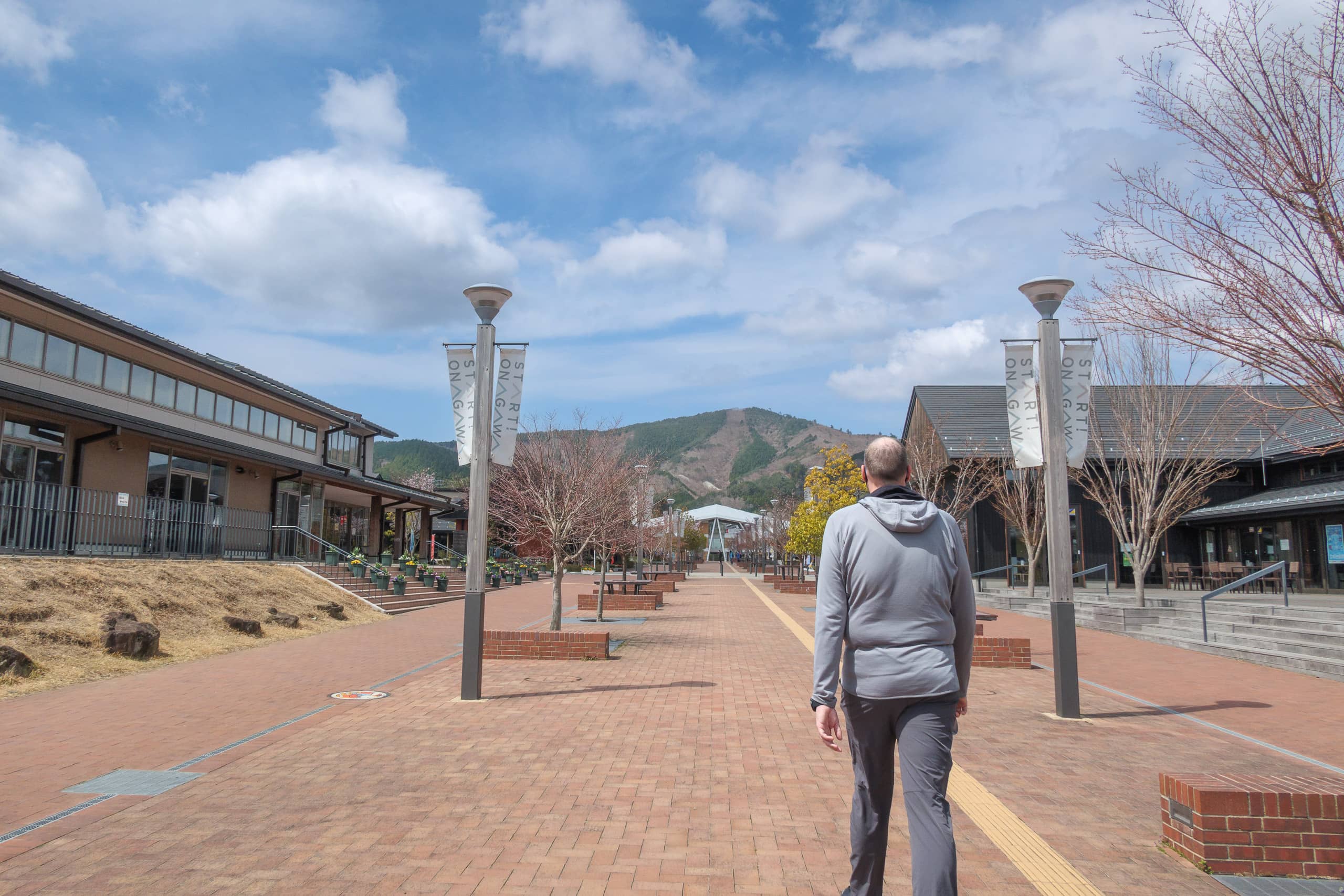
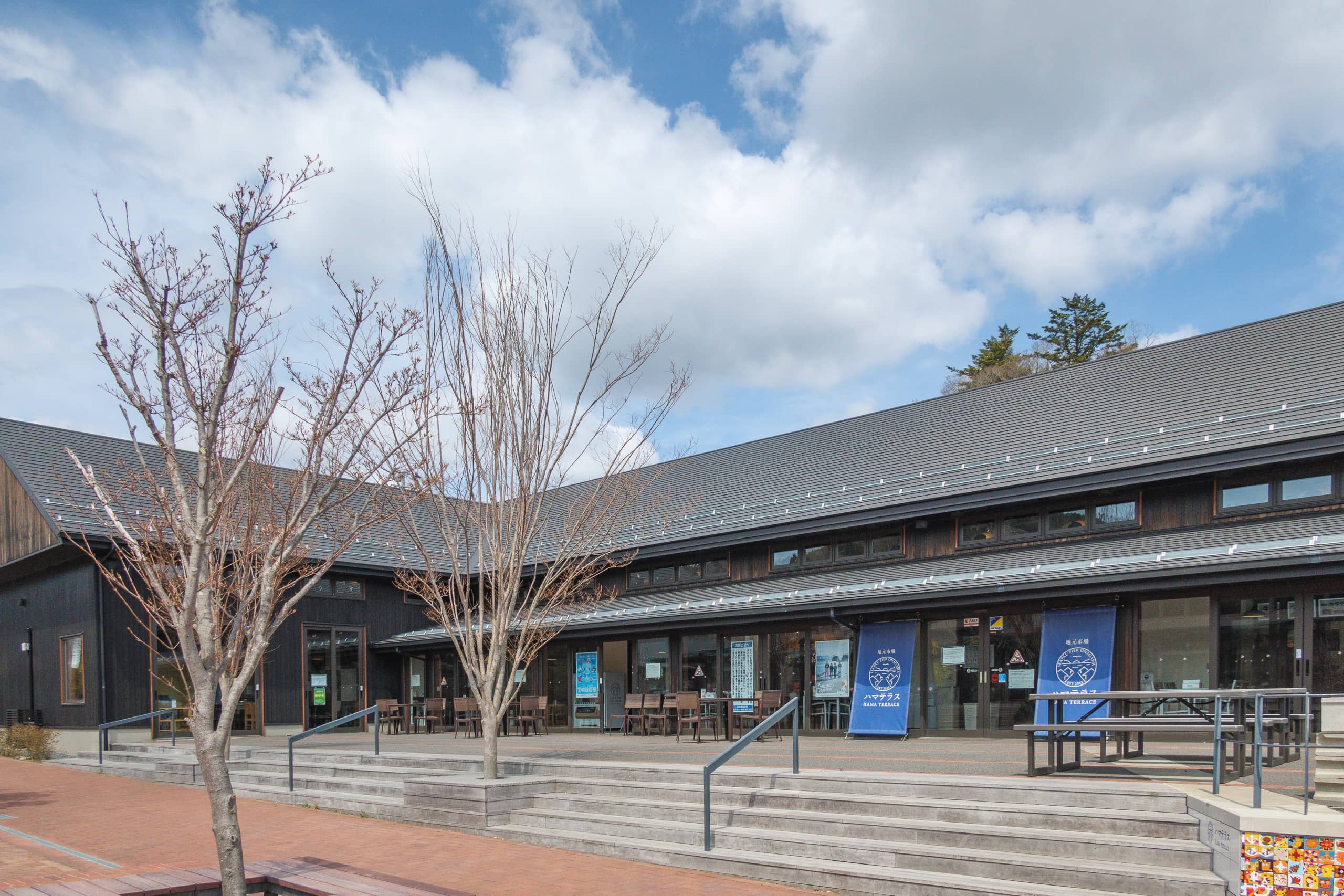
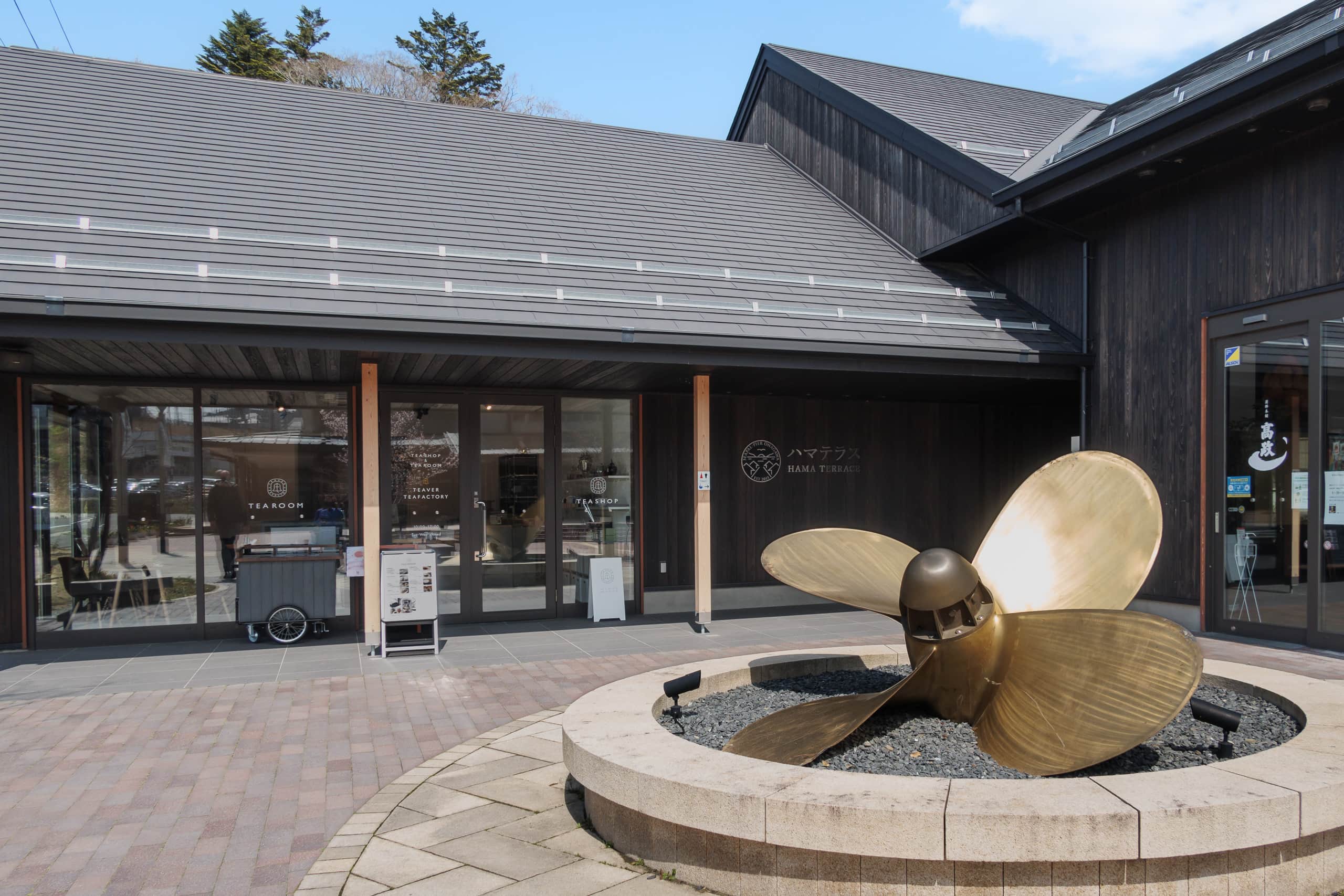
We found some nice-looking restaurants and cafes we would like to return to later. Most places seemed to open only during the daytime, not many for dinner time. As in fishery towns, people in Onagawa probably start working before dawn and go to bed early.
We entered a coffee shop, Mother Port Coffee, for my much-needed morning Joe. They also had various flavored baked donuts, looking so yummy. I got two donuts, black tea and cherry blossom flavors, and a large cup of freshly brewed coffee.
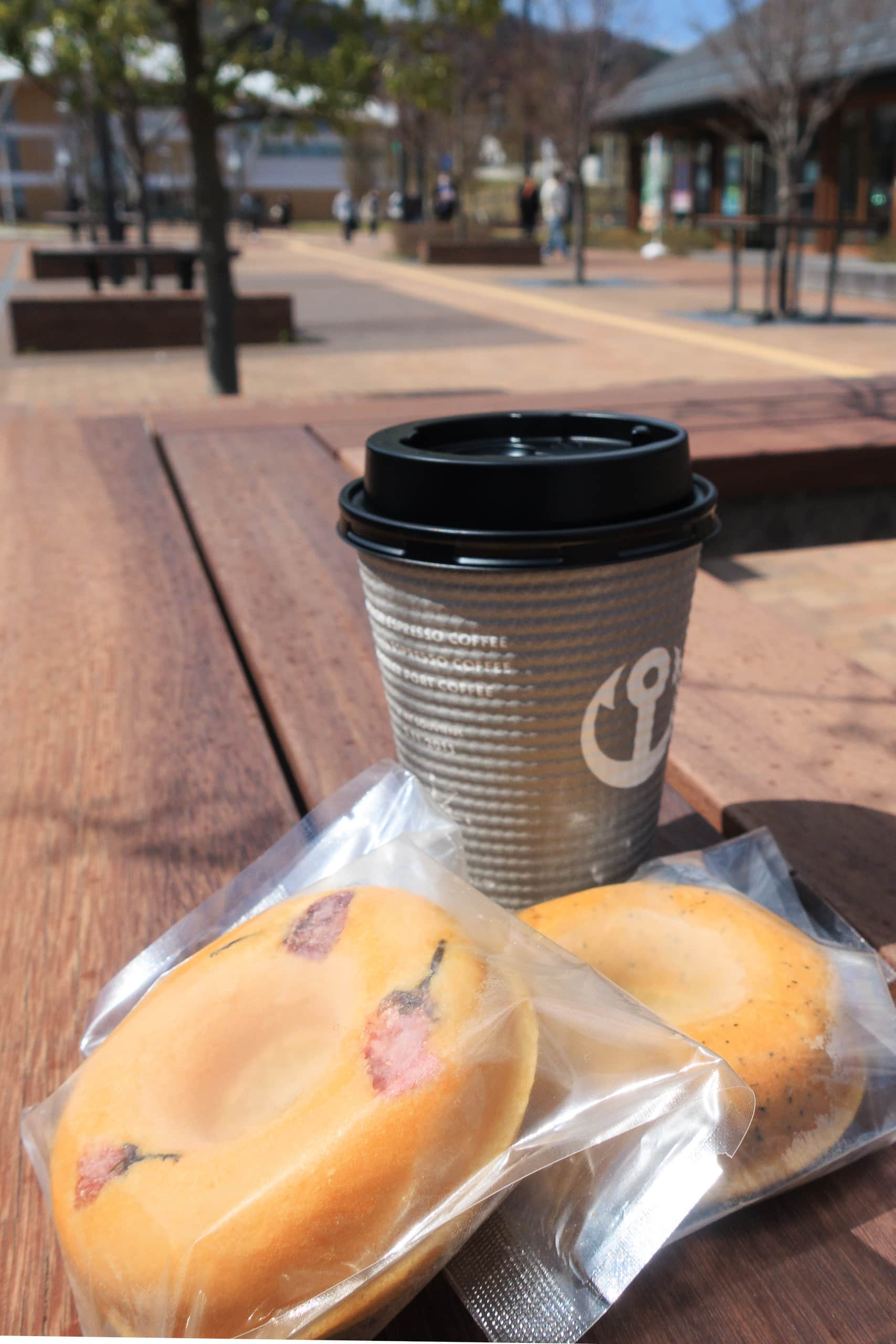
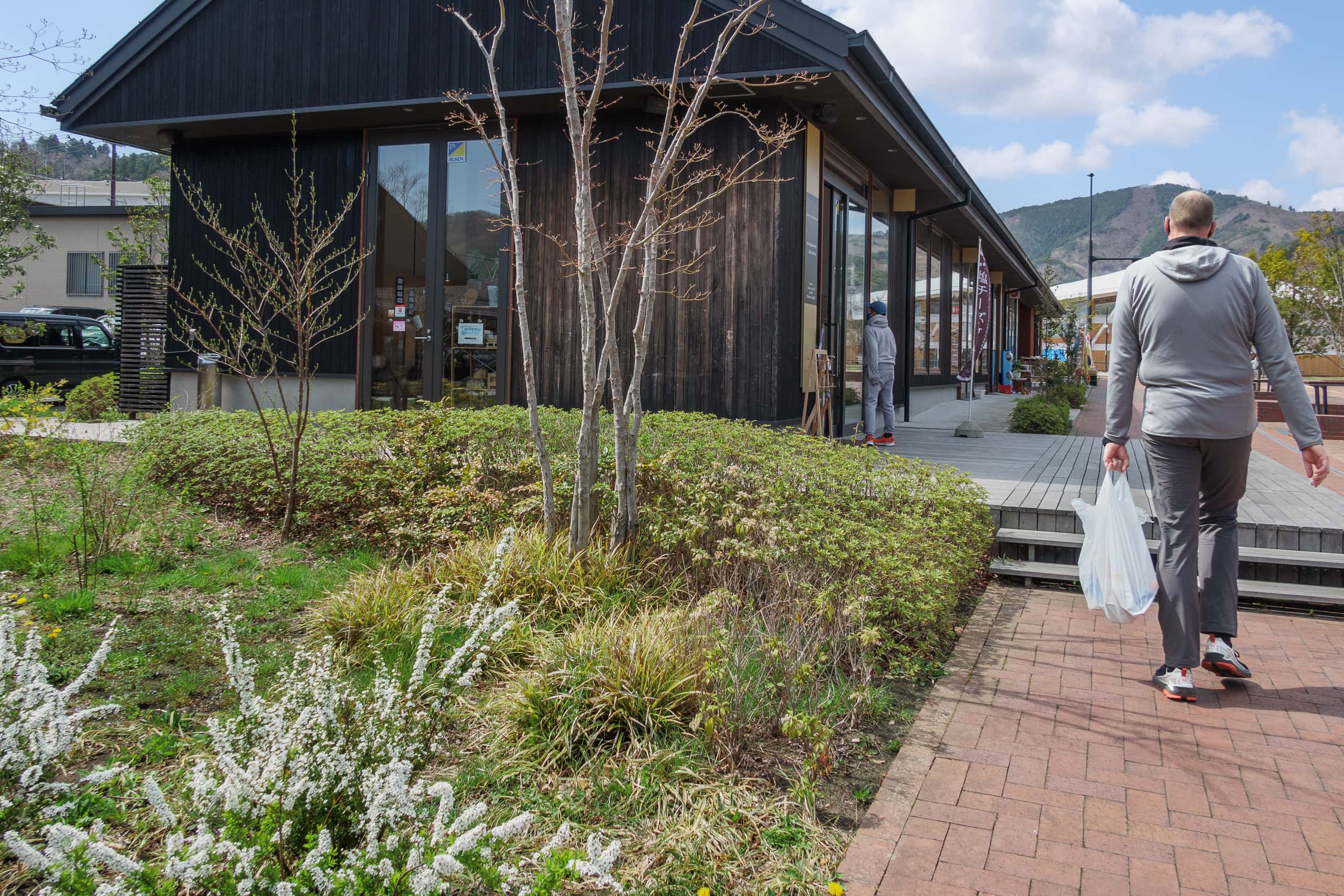
The tourism information center was at the port-side end of the main street, and some hourly rental bikes for visitors to explore the town neatly sat in front. We picked up a town map with restaurant information from the information center shelf.
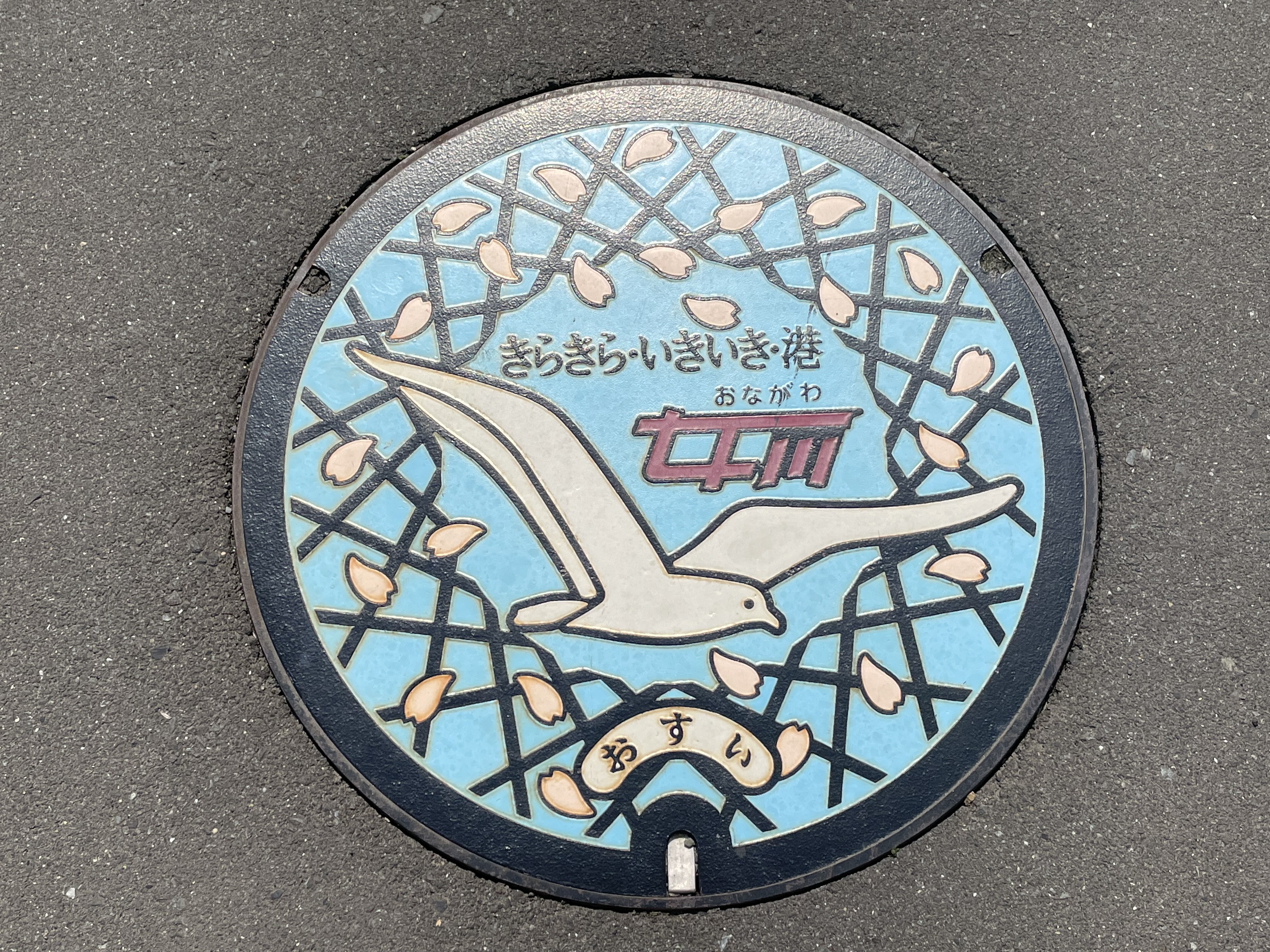
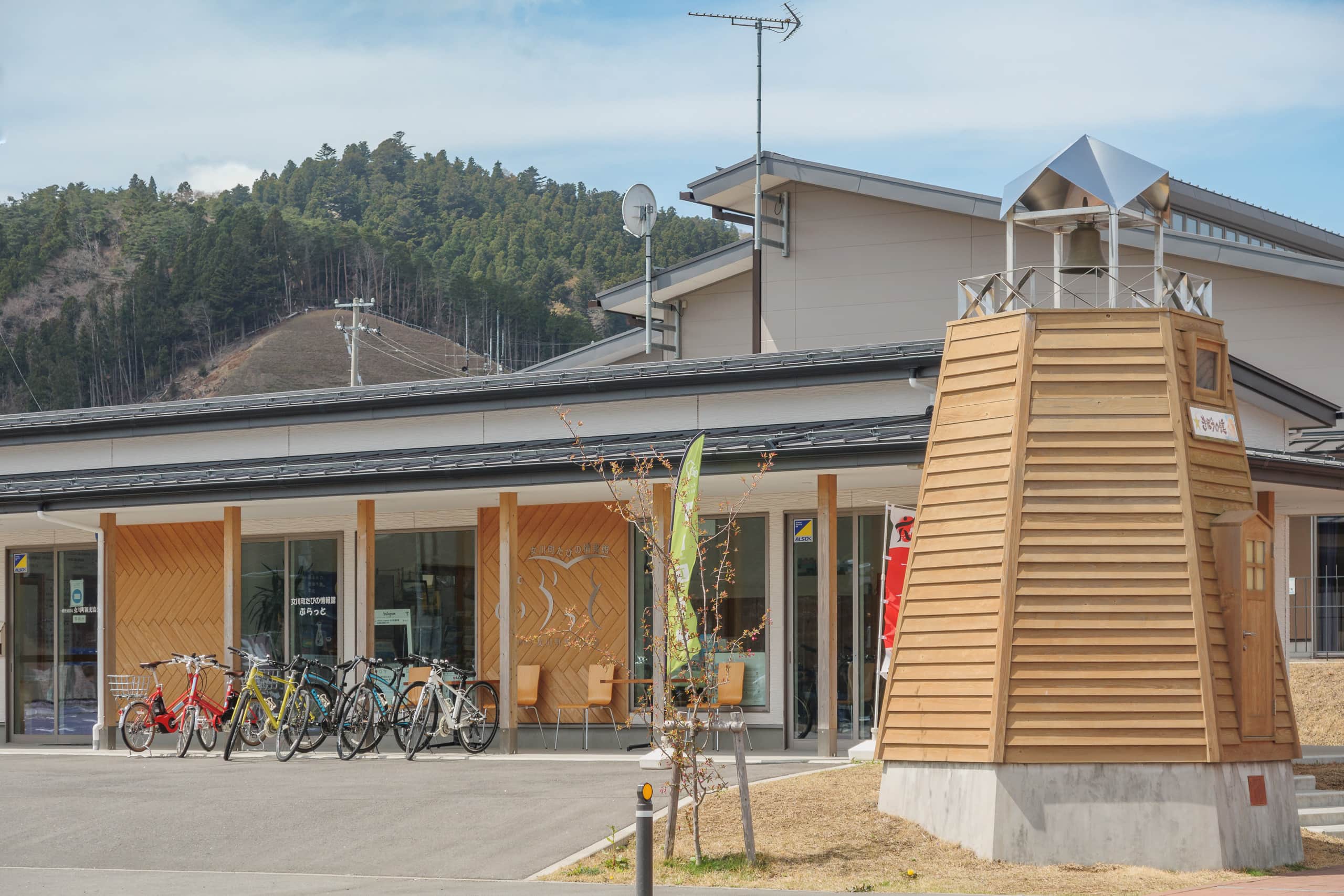
Like all other towns along the MCT route, Onagawa kept earthquake/tsunami destroyed remains as a monument.
The former Onagawa police box was completely demolished by the tsunami and left upside down.
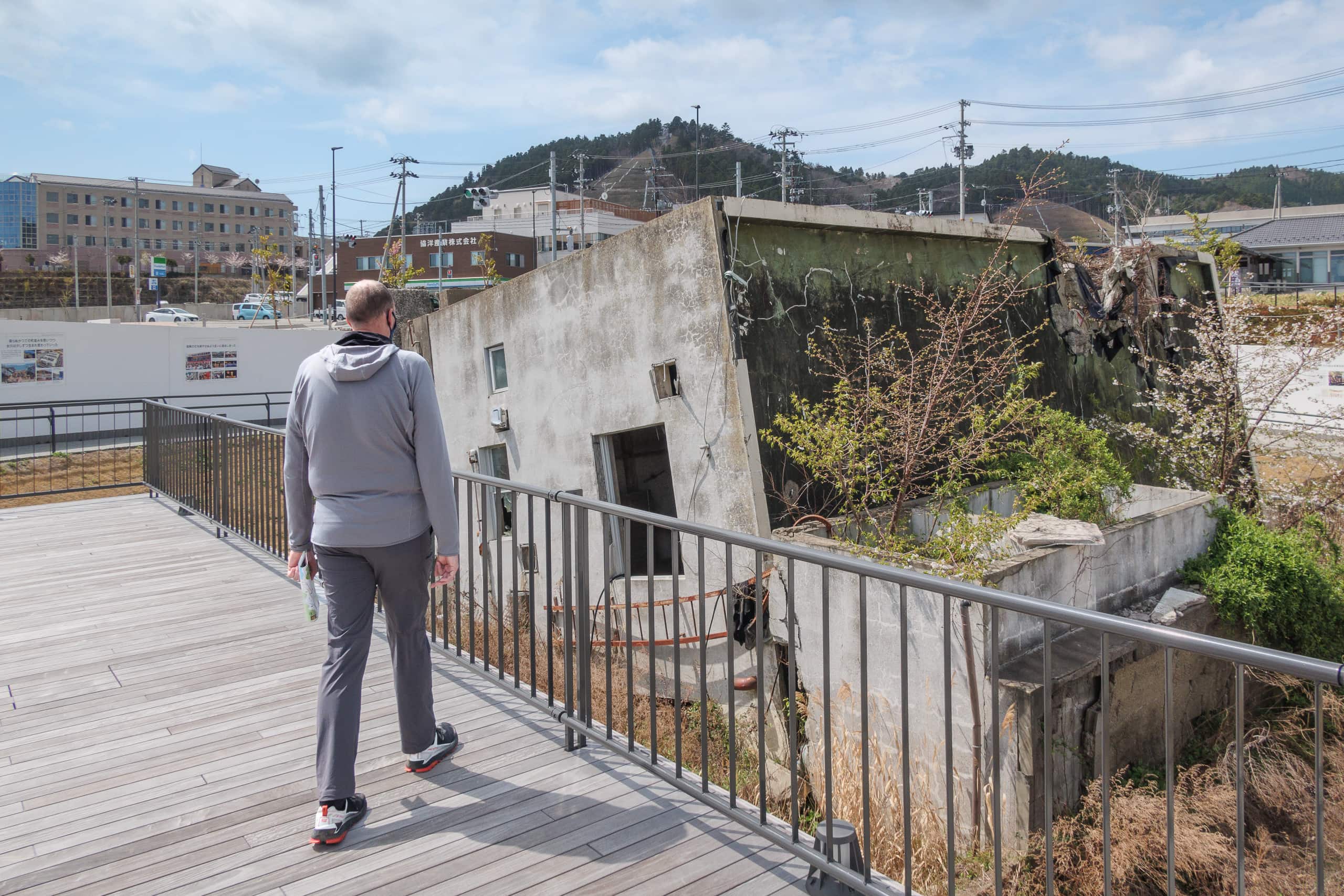
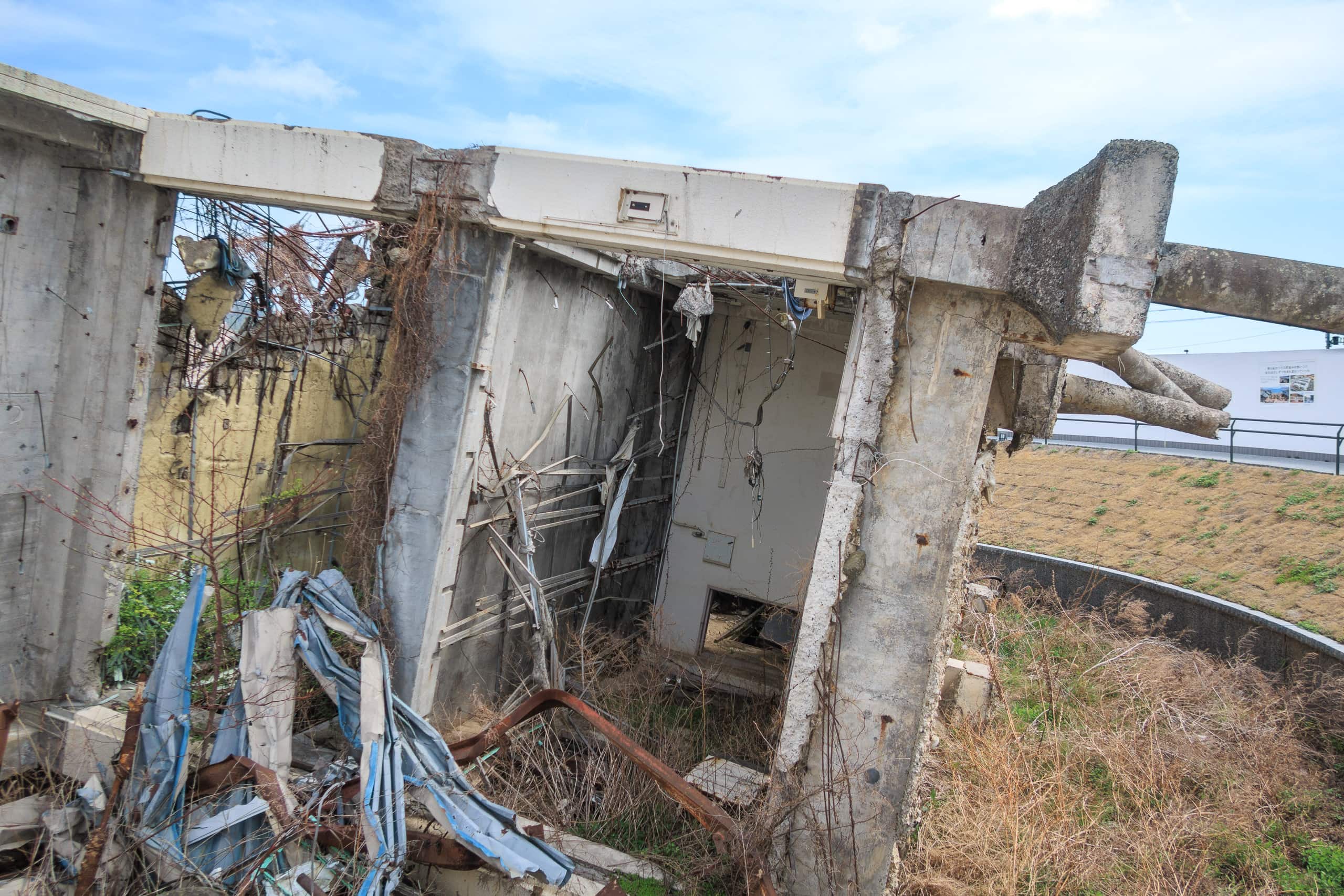
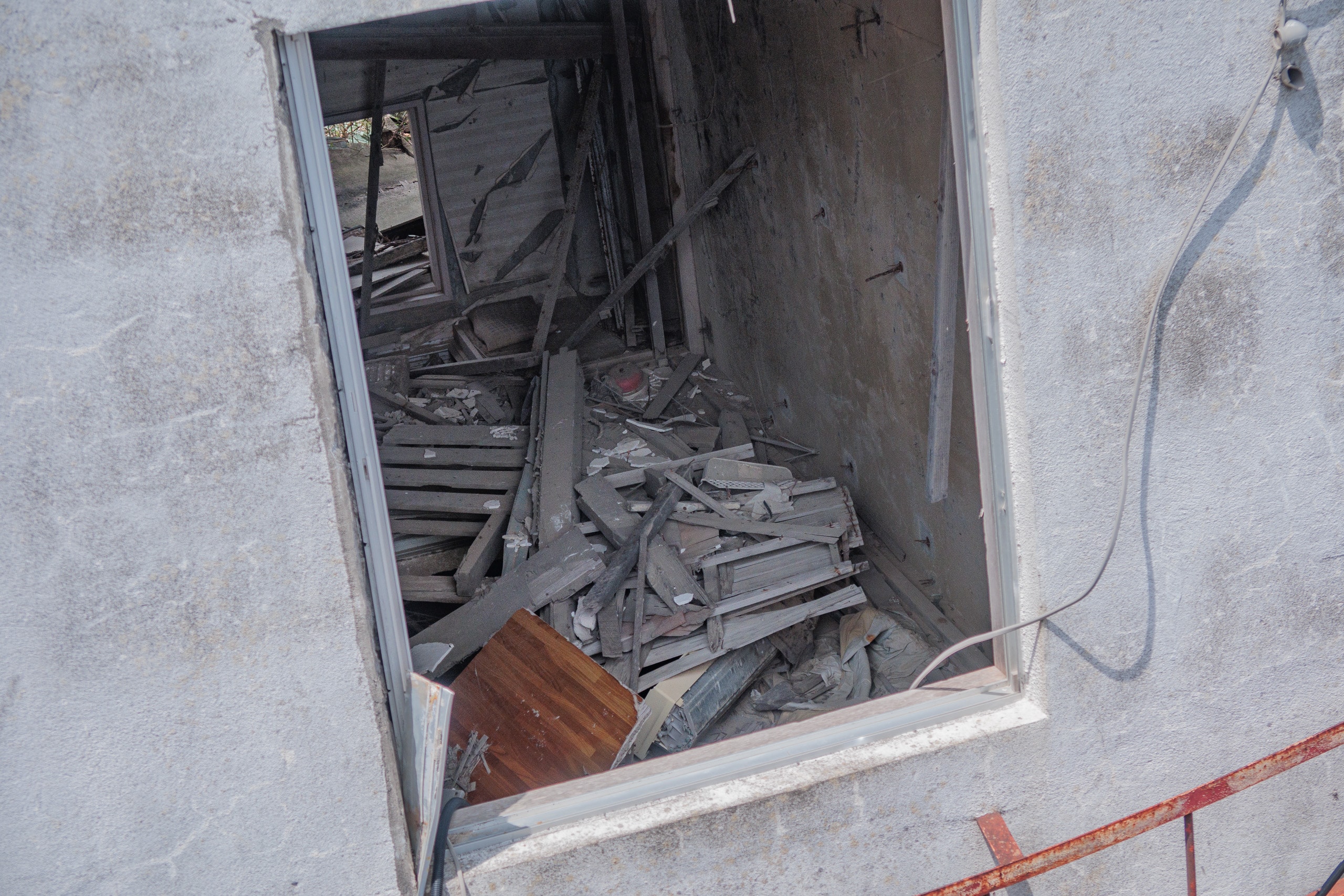
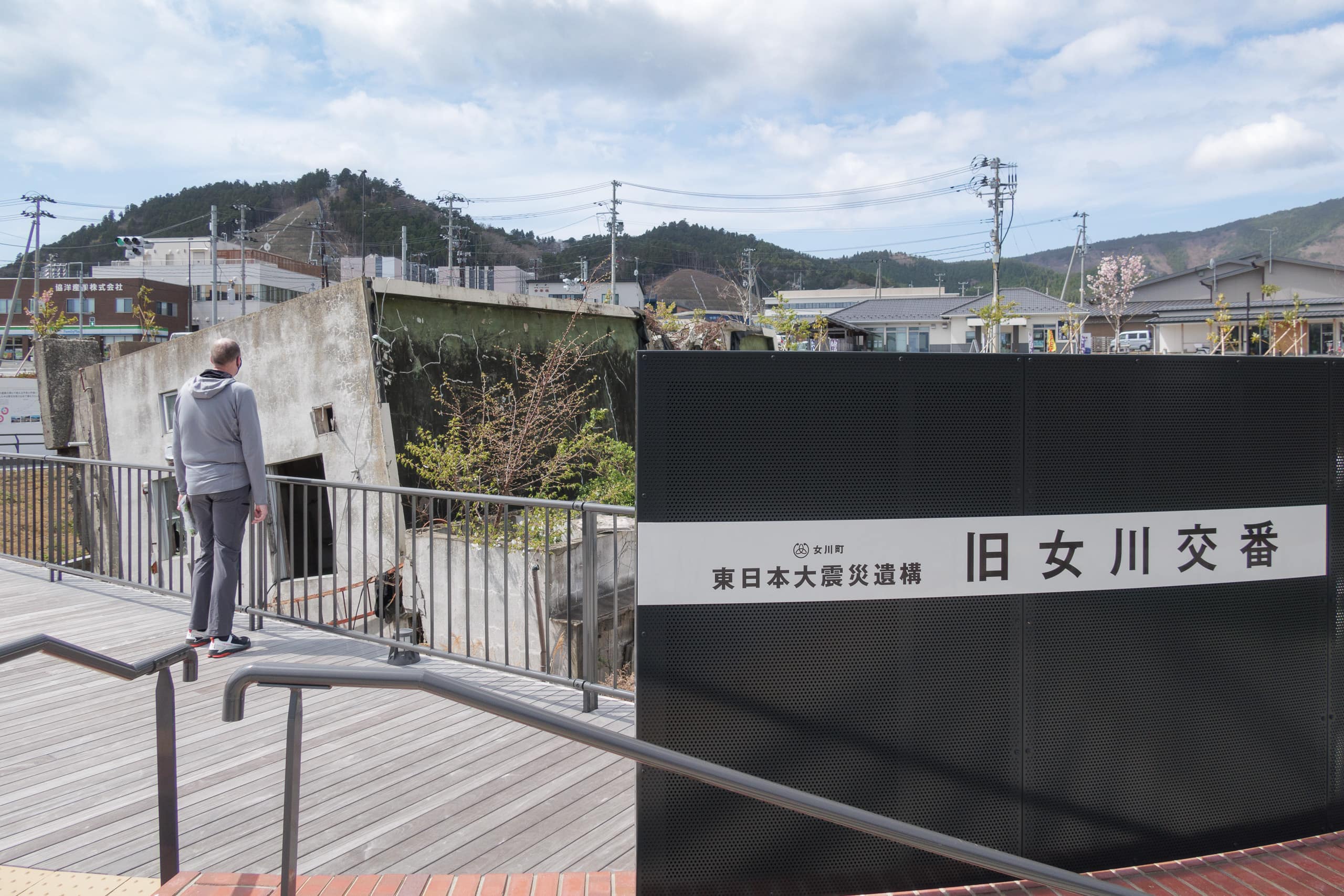
Onagawa was one of the hardest-hit places of all the Earthquake and Tsunami-battered towns along the Pacific Ocean coastline in March 2011.
On that day, this small town lost 827 people, over 8% of its population and 5565 of 6611 buildings and houses were destroyed. That was the highest casualty/town population ratio. When all town residents were devastated and needed help, their town hall and all other infrastructure were in total wreck.
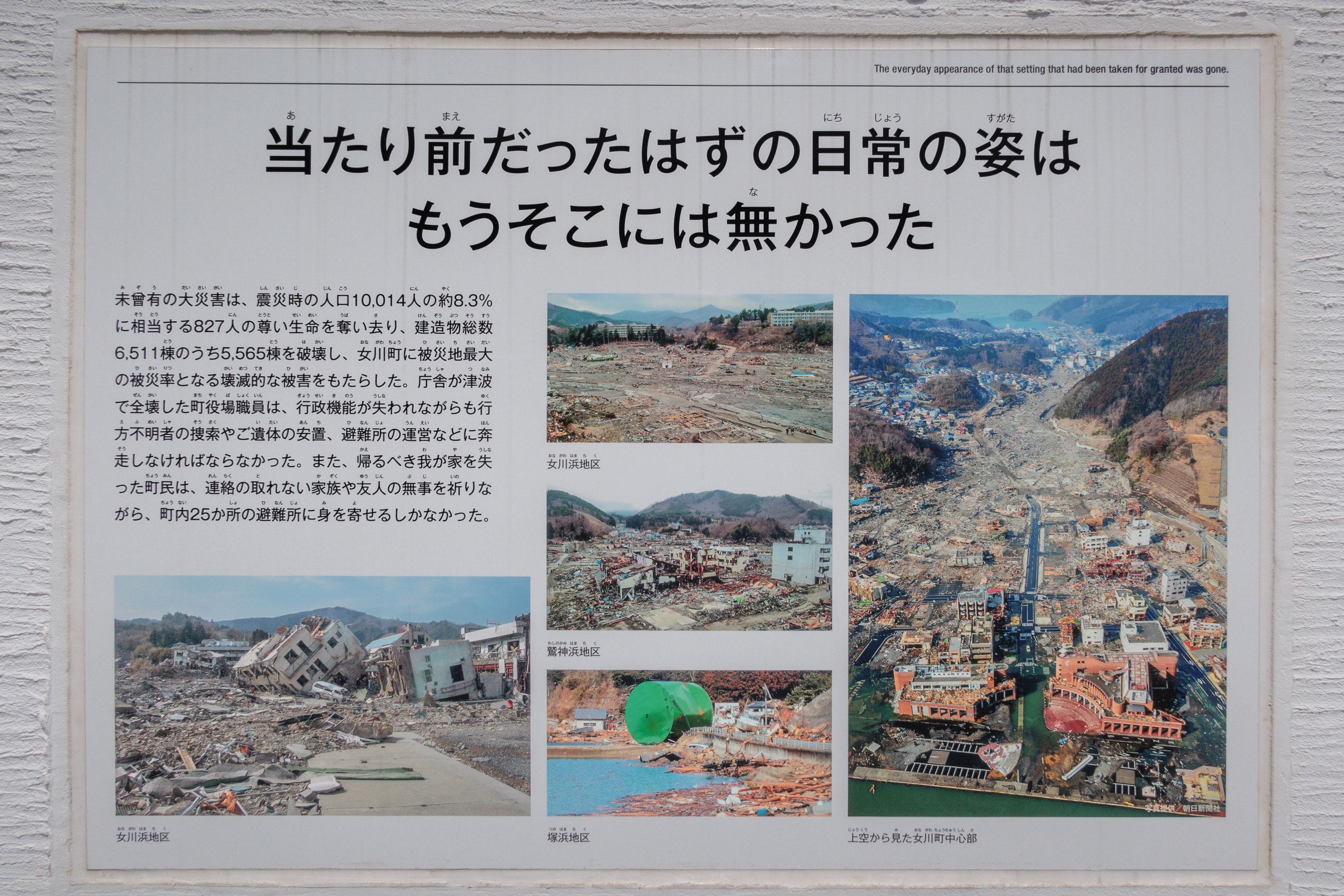
But the town and its people stood up with respectable resilience. They started rebuilding the new disaster-proof town, re-constructing the port, and moving all residential houses, schools, and hospitals to higher areas.
Onagawa has become one of the successful disaster recovery models and has often been featured in the media. Many rural towns send local government staff to study their remarkable recovery process and town design.
But the reason why I wanted to stay at least a whole day in Onagawa, not just walk through it as a point along our one-day distance, was more personal.
Coincidently, one of the volunteer groups from all over Japan that came to help Onagawa was the village farmers in Tokushima, Shikoku, where I lived until a few years ago. They told me their memories about Onagawa long before we got interested in the MCT. One of the things they kept talking about was that they were very impressed with the trailer houses they stayed at.
Their relationship continues today, even after more than 10 years, and a small group of people from Onagawa always come all the way to Tokushima to bring boxes of fish every year for our mountain village’s fall festival.
So, when I found Onagawa on the MCT route, I wanted to stay and see this town in person.
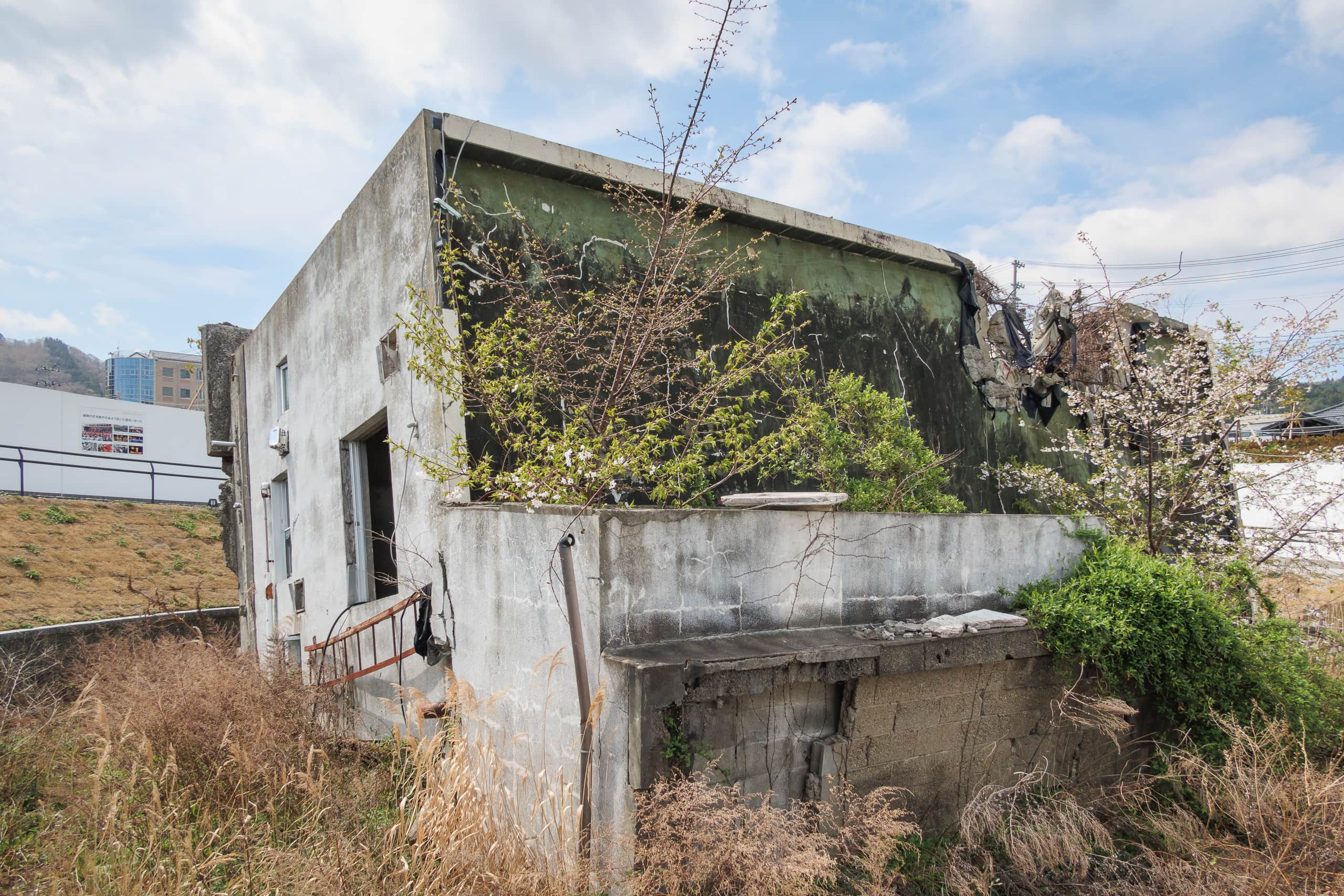
The restaurants in Onagawa
When we stay at an inn only for a night, we rarely eat out. The best option for us is getting food from a convenience store and eating them in our room. If our inn has a restaurant, we can drop in and order from the menu, which is also great.
The key is eating only what we like without stressing about limited dinner time and feeling guilty when we cannot eat everything of the feast amount of dinner typical Japanese hotels and inns serve a guest.
Plus, evening time is so short during a thru-hiking in Japan with too many things to do to prepare for the next day, like washing, taking a bath, checking the following route, and food and water points, journaling or at least writing some short notes about the day, and finally not staying up late to help our body and legs to recover. So, a rest day is a rare opportunity for us to explore local eateries.
We tried some restaurants, lunch and dinner, in Seapal-Pier Onagawa and liked them all. We were especially appreciative that we finally had some varieties to choose from after two weeks of seafood as the only option in local eateries, not that I complain.
IL Gabbiano
The first restaurant we went to for lunch became our top pick. It was a Napoli-style pizza restaurant called IL Gabbiano.
When we found the pizza restaurant on the restaurant map, we instantly agreed that this was the first place we had to go. Finally, a place full of cheese was guaranteed. Yes, cheese. CHEESE! — the soul scream of Erik as a proud Dutch.
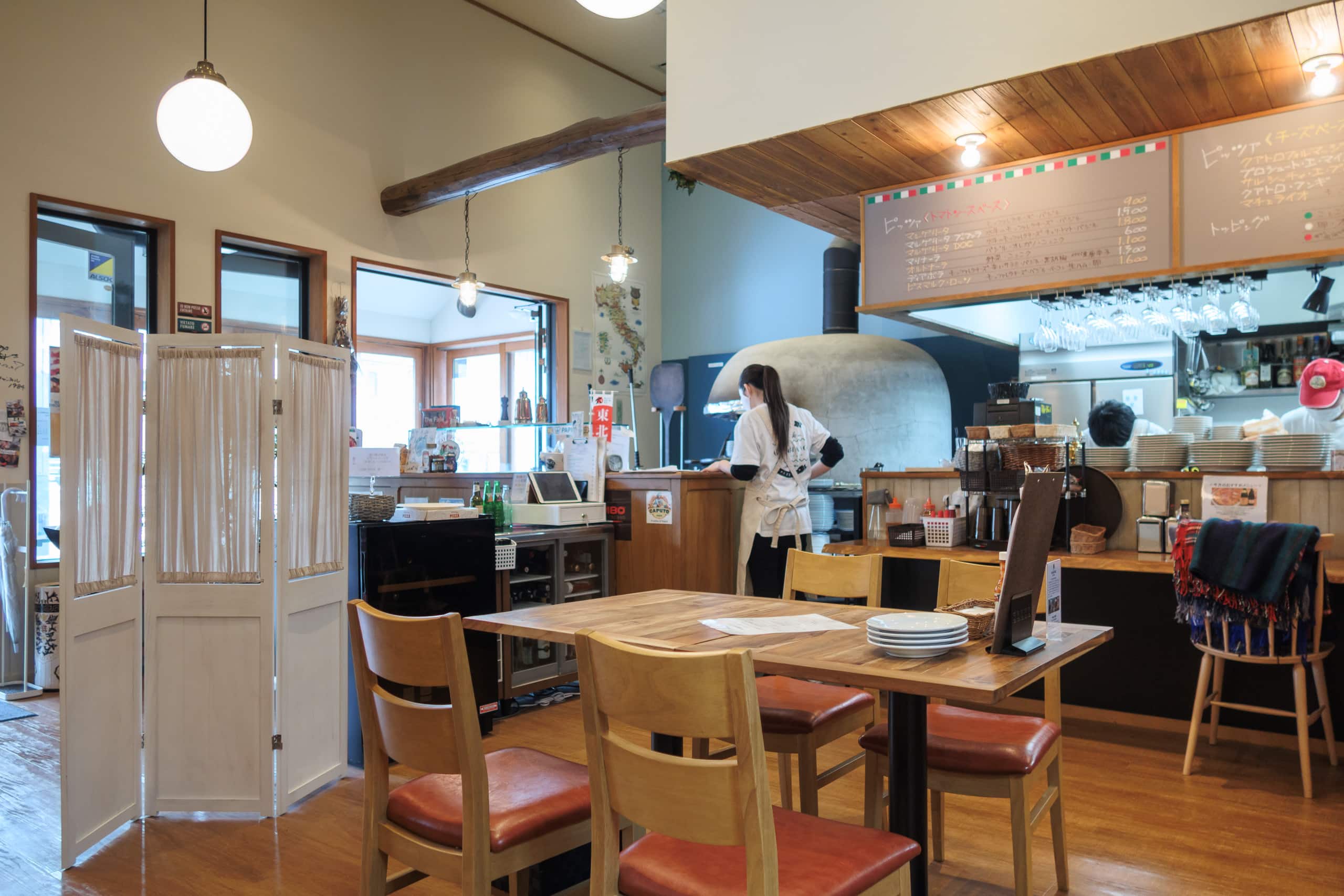
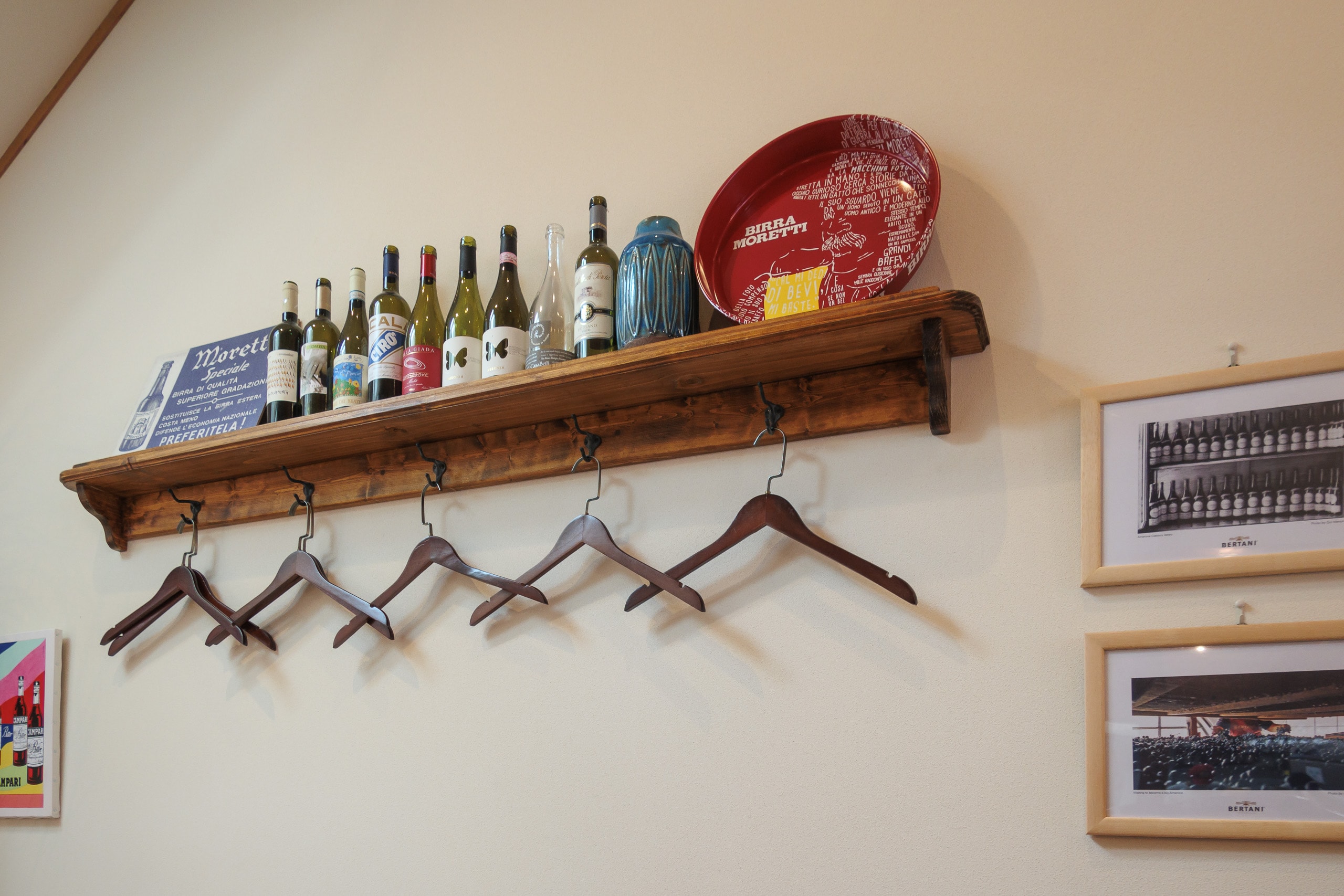
Among the list of pizzas at IL Gabbiano, we knew which was our favorite. I loved the thin-crust pizza with various mushrooms and cheese with slices of prosciutto as an extra topping. We loved the place so much that we ended up visiting it three times and ordered the same pizzas all the time.
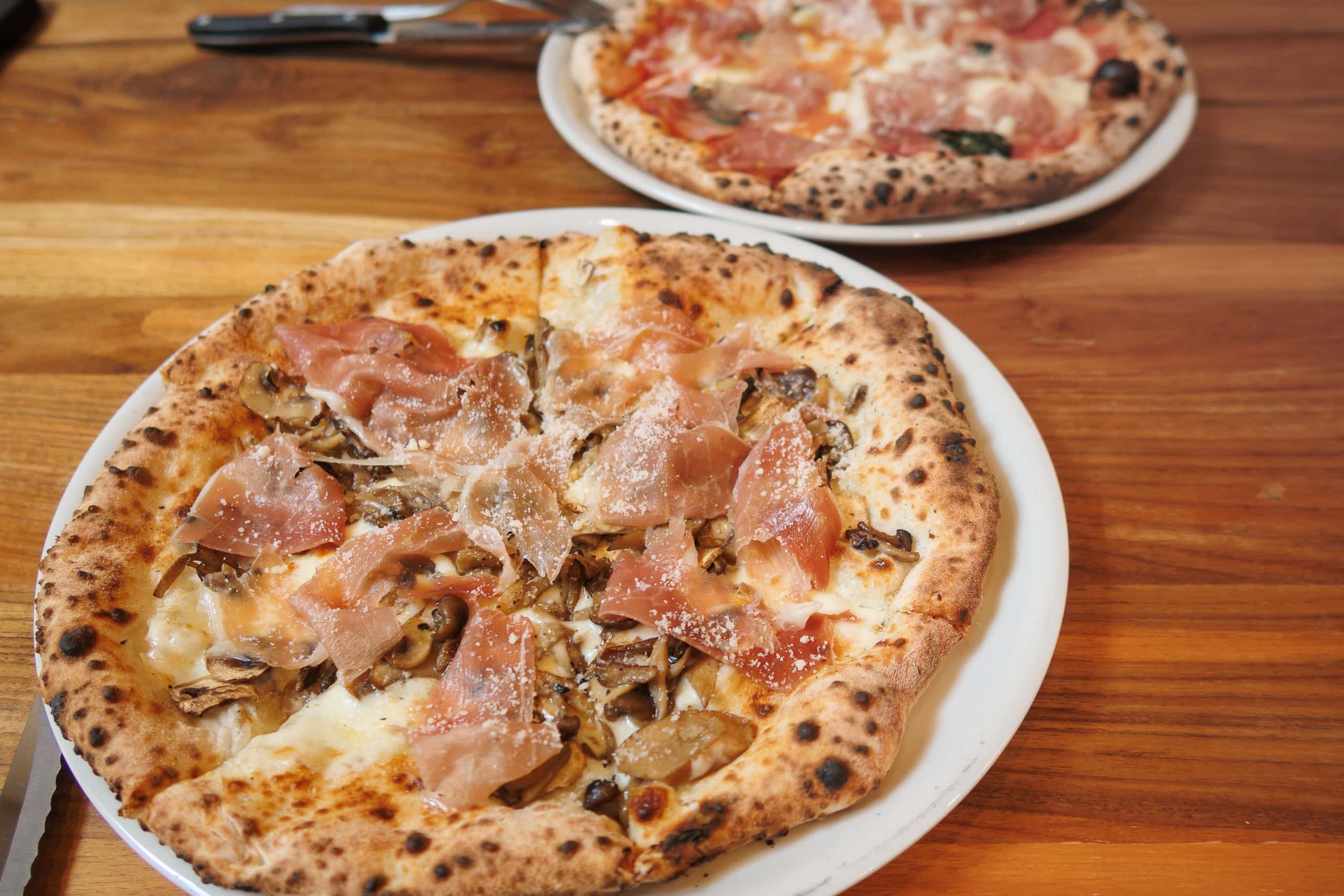
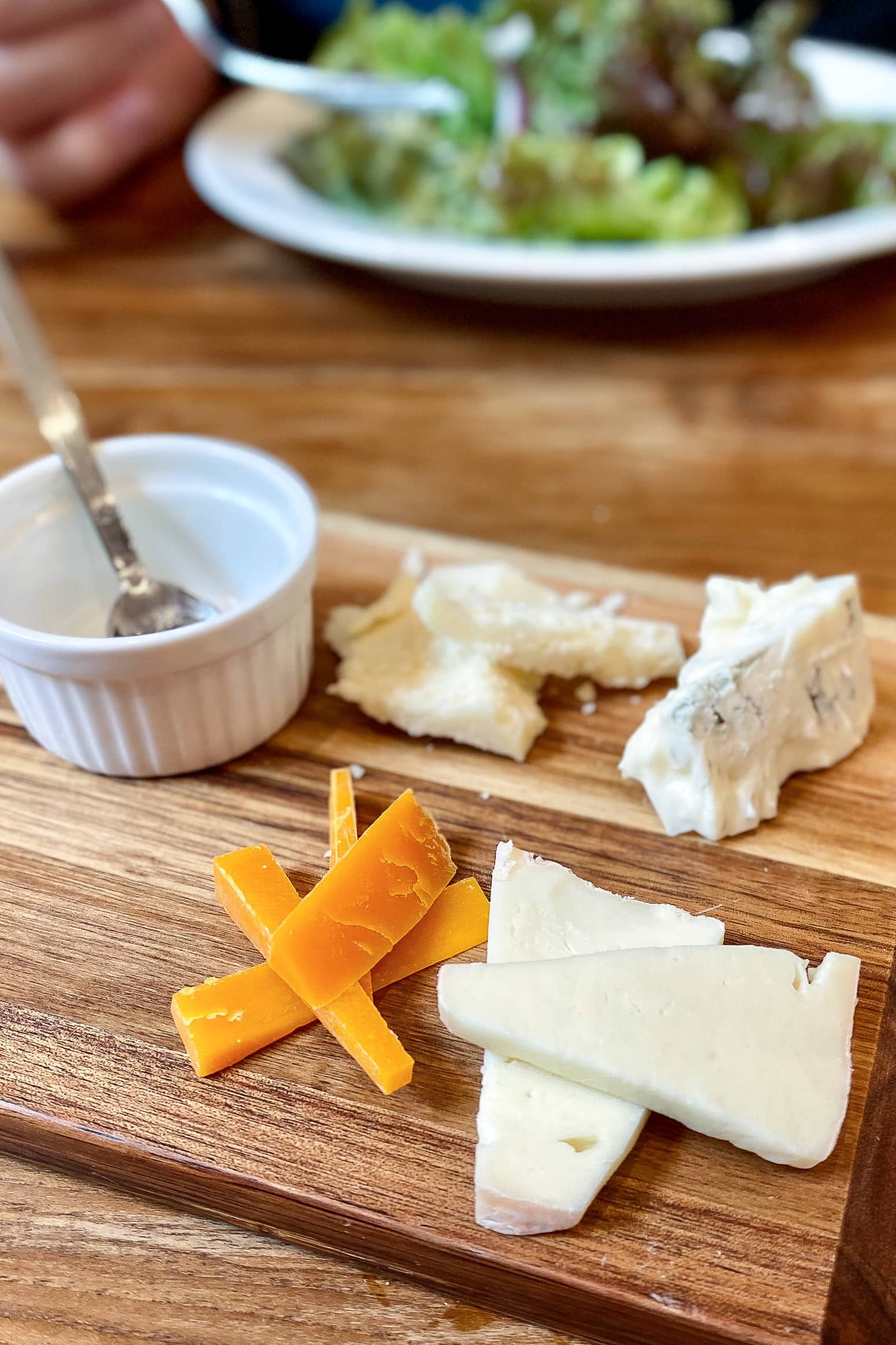
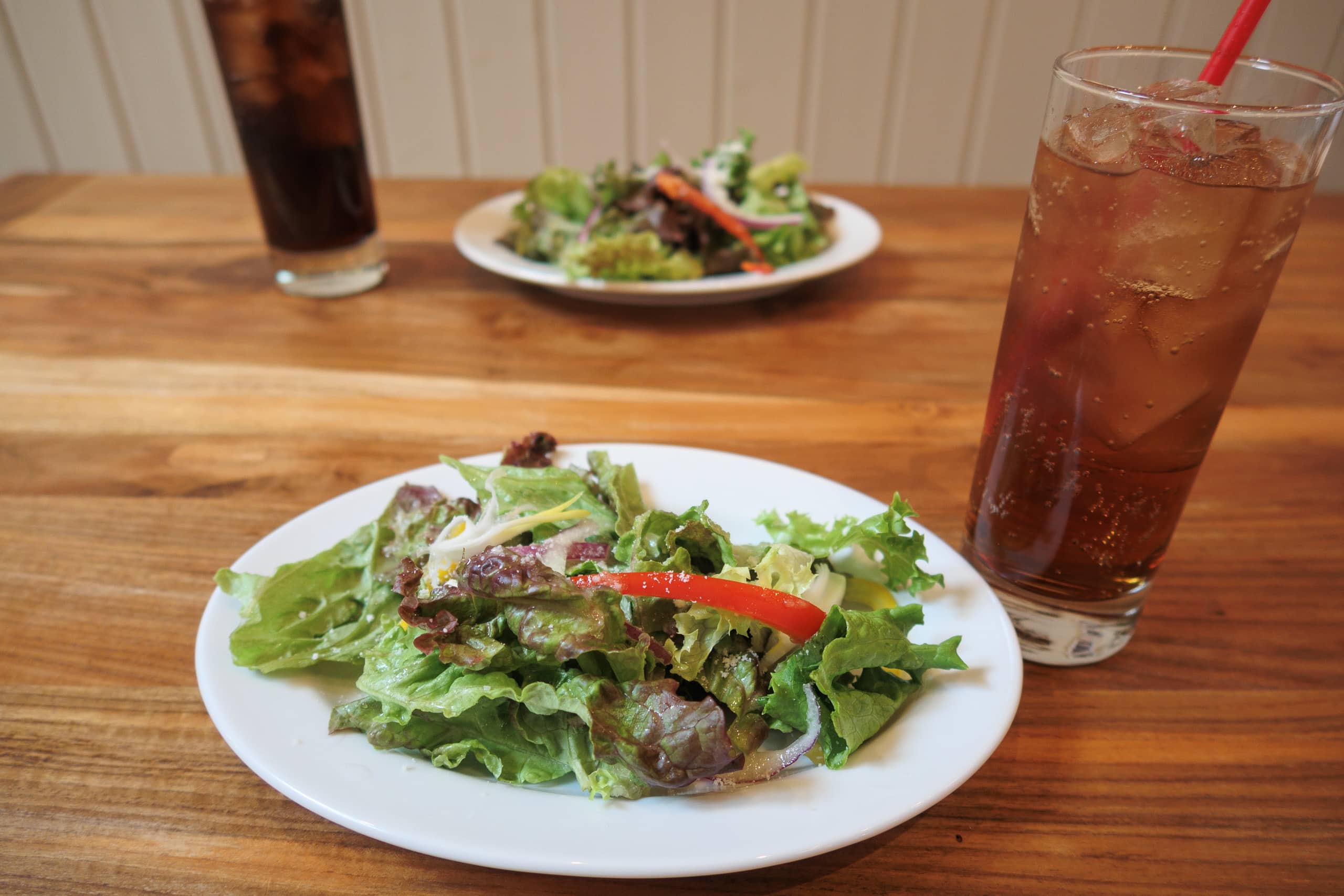
The Japanese love Italian food, especially pasta and pizzas. You can find good stone-oven-baked pizza restaurants everywhere. But the two best pizza places we have ever visited in Japan were both found in very unexpected locations. One is at an ordinary roadside of an uninteresting countryside in Tokushima, and the other is this IL Gabbiano.
We would go to Onagawa just for this pizza. If only the town were not thousands of kilometers away from us.
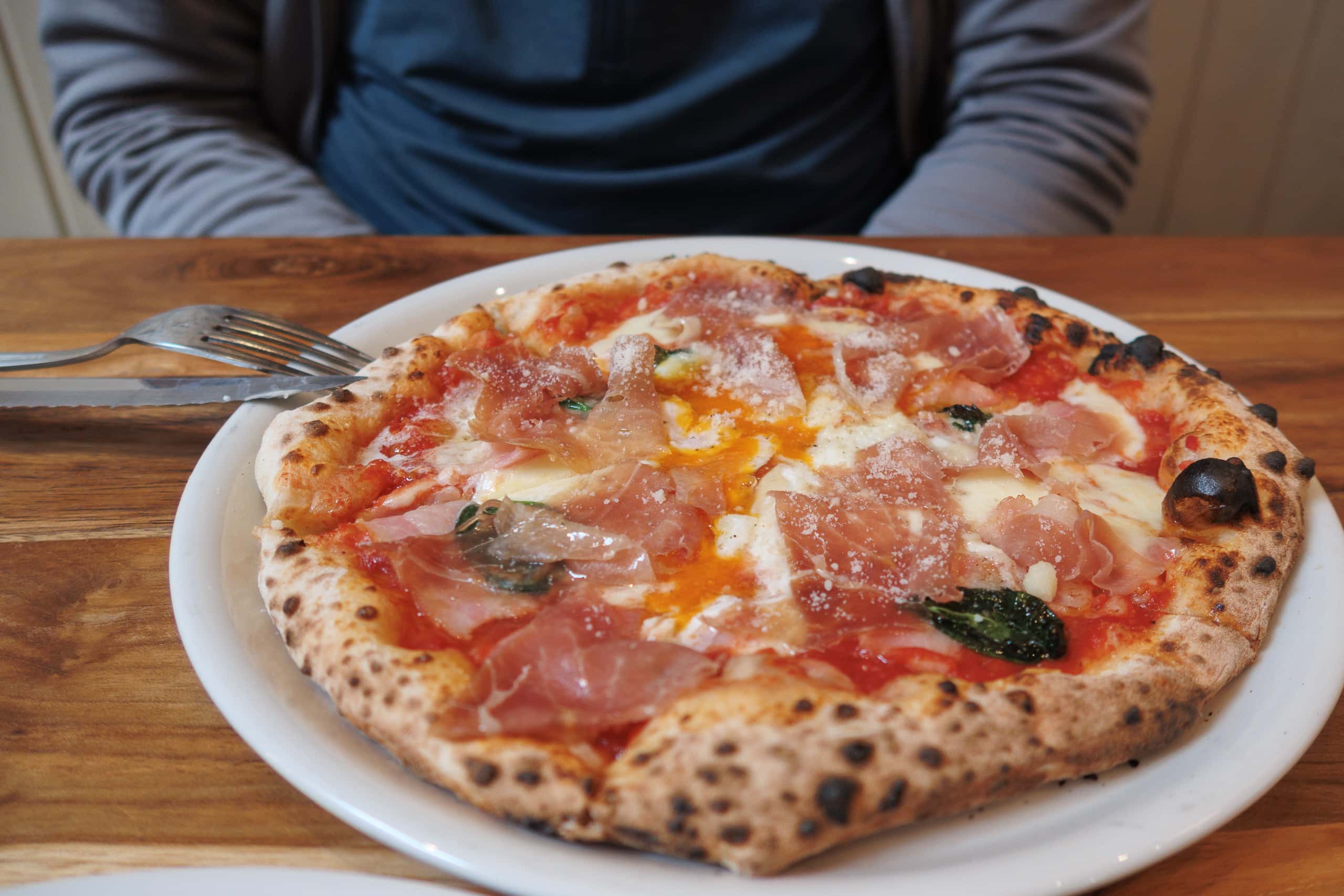
Kouraku
Along with the desire for cheese, our craving for meat, specifically for Yakiniku (Japanese self-grill meat restaurant), was also overflowing.
No worries, Seapal-pier Onagawa could take care of us about it, too. Kouraku is the only yakiniku restaurant downtown then and one of only a few places opening dinner time.
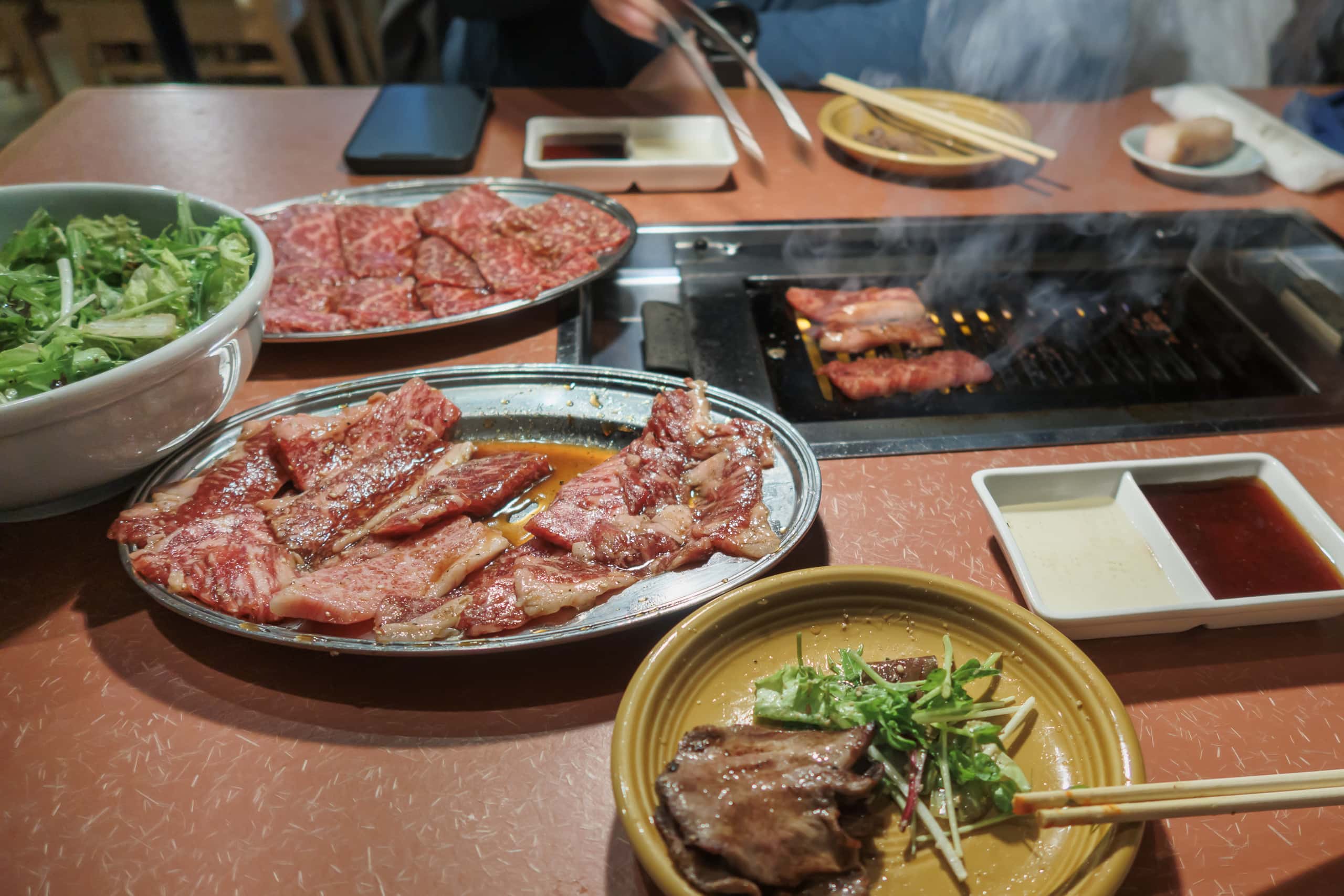
So, of course, Finally! Meat! Beef! Yakiniku! (Erik’s soul screams again.)
Many reviews suggested this place was so popular and often fully booked. As we would never want to miss the precious Yakiniku dinner, I called them and booked a table earlier that night.
Their carefully selected high-quality beef looked all so mouth-watering. We probably tried every single one of the beef parts on the menu. Of course, every meat was very juicy and had enjoyable textures to chew — oh so tasted good, making us almost cry with happy tears.
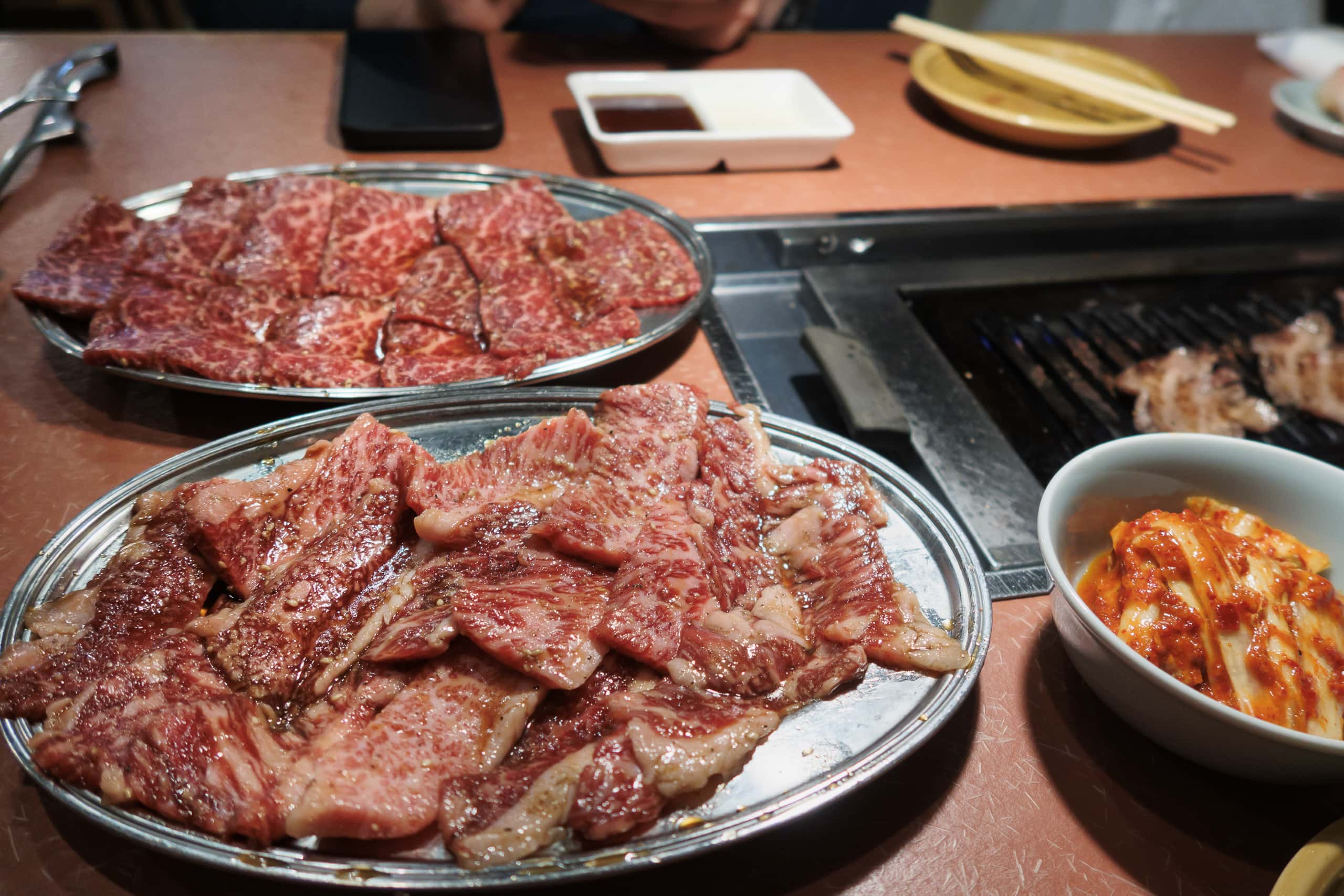
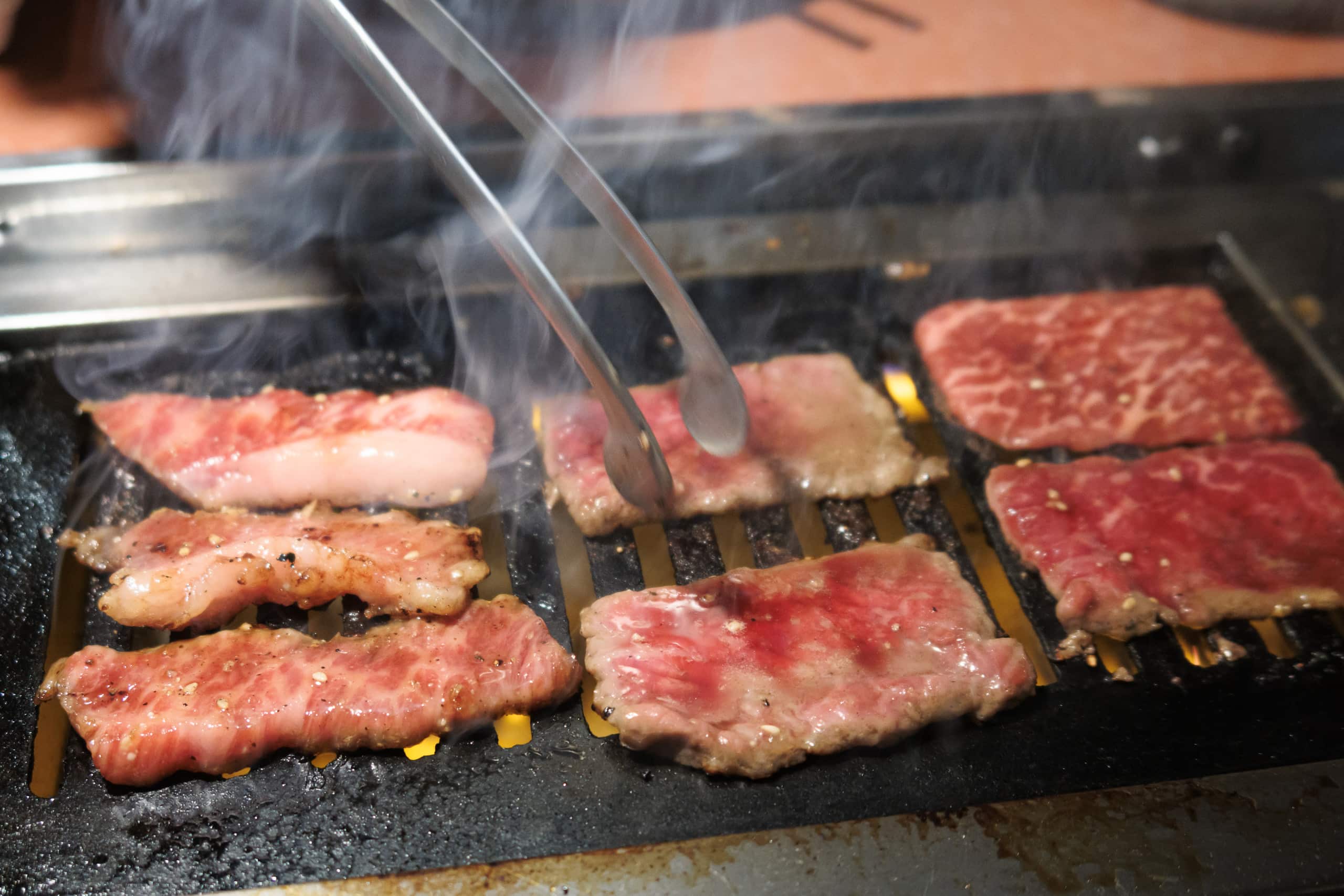
A little side story. A few years after our dinner at Kouraku, we discovered that a recent international award-winning animation film was set in Kouraku!
The animation film “Fortune Favors Lady Nikuko” was based on the same-titled fictional novel, and its Japanese original title, “Gyoko no Nikuko-chan,” means Nikuko (meat girl) at a fishery port.
A long time ago, before the 2011 earthquake, the author visited Onagawa to look for inspiration for her new novel and ran into a Yakiniku restaurant in the fishery port town.
“A Yakiniku restaurant in fishery town? Sure, of course, even fishermen would like to eat meat sometimes…”
From that small encounter and the town’s beautiful scenery, a flood of plots poured into her. She created an imaginary fishery town modeling Onagawa and Ishinomaki and wrote about the comical life of a single mother and her preteen daughter working at a Yakiniku restaurant by the fishery port.
While waiting for the book to be printed and published, the earthquake hit Onagawa, and everything washed away, including old Kouraku. A decade passed while the animation film of the novel was produced, and the new Kouraku re-opened.
The local regulars of the restaurant remember the owner’s wife who was lost in the disaster and talk about how many cheerful and always-positive Nikuko-chan remind them of the be-loved bright, caring, and hard-working wife, even if the novelist never met her in person…
Restaurant Ribon
As we heard the warning of upcoming regular deer hunting while walking down Mt. Dairokutenyama and approaching the port, the Onagawa-side area of the Oshika Peninsula seemed to have wild deer problems like most rural villages near mountains across Japan. Our town in Tokushima, Shikoku, is not an exception; in fact, the problem is severe here.
So, we deeply sympathize with the local people’s endless struggle from deer and other wild animals to protect their farm products.
Strangely, though, we didn’t see any while walking through the peninsula, contrary to its name. Oshika literally means a stag.
For one of the lunch times, we tried a cute-looking cafe at a corner of Seapal-pier Onagawa called Western food restaurant RIBON. Its name should be a pun of ribbon and reborn.
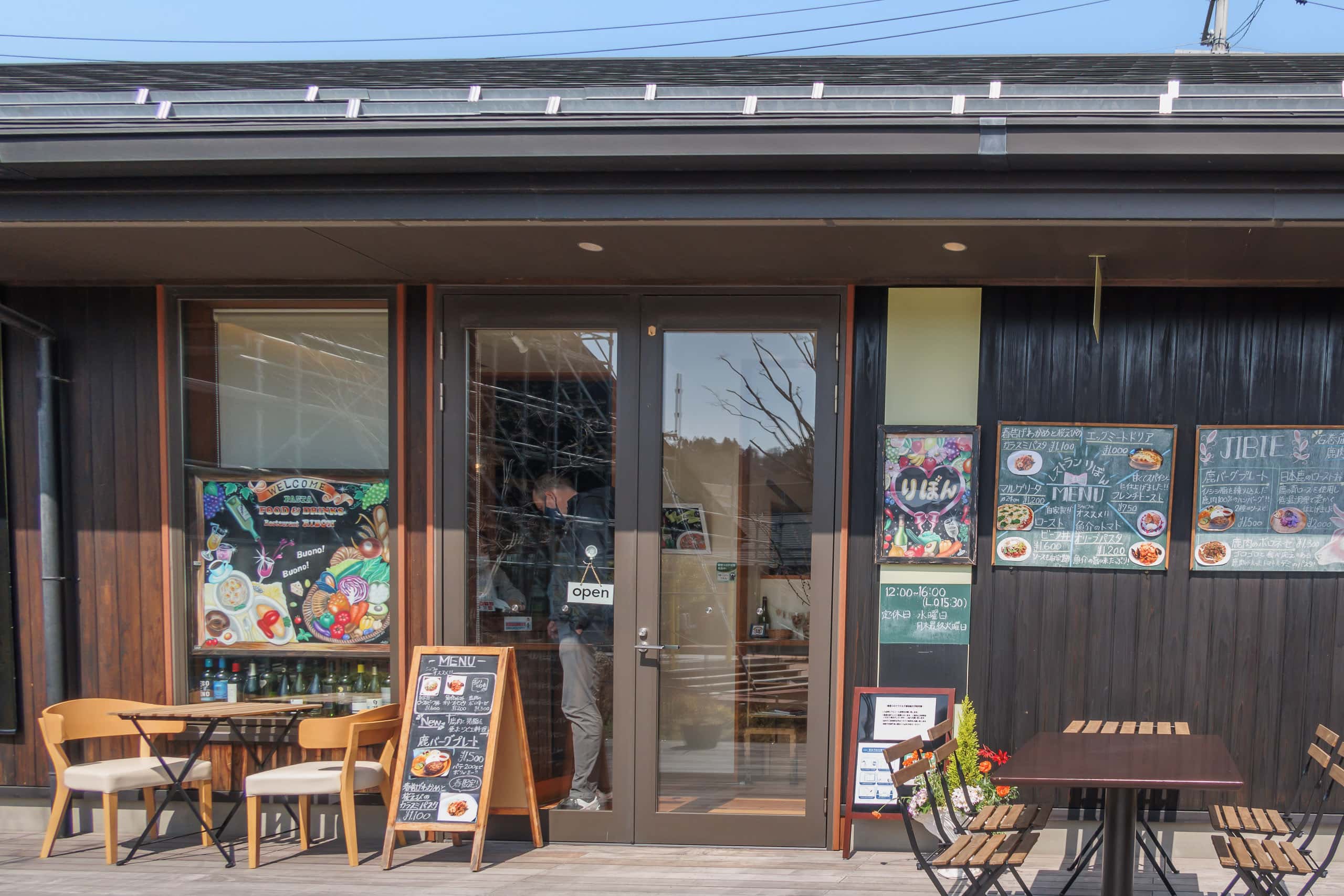
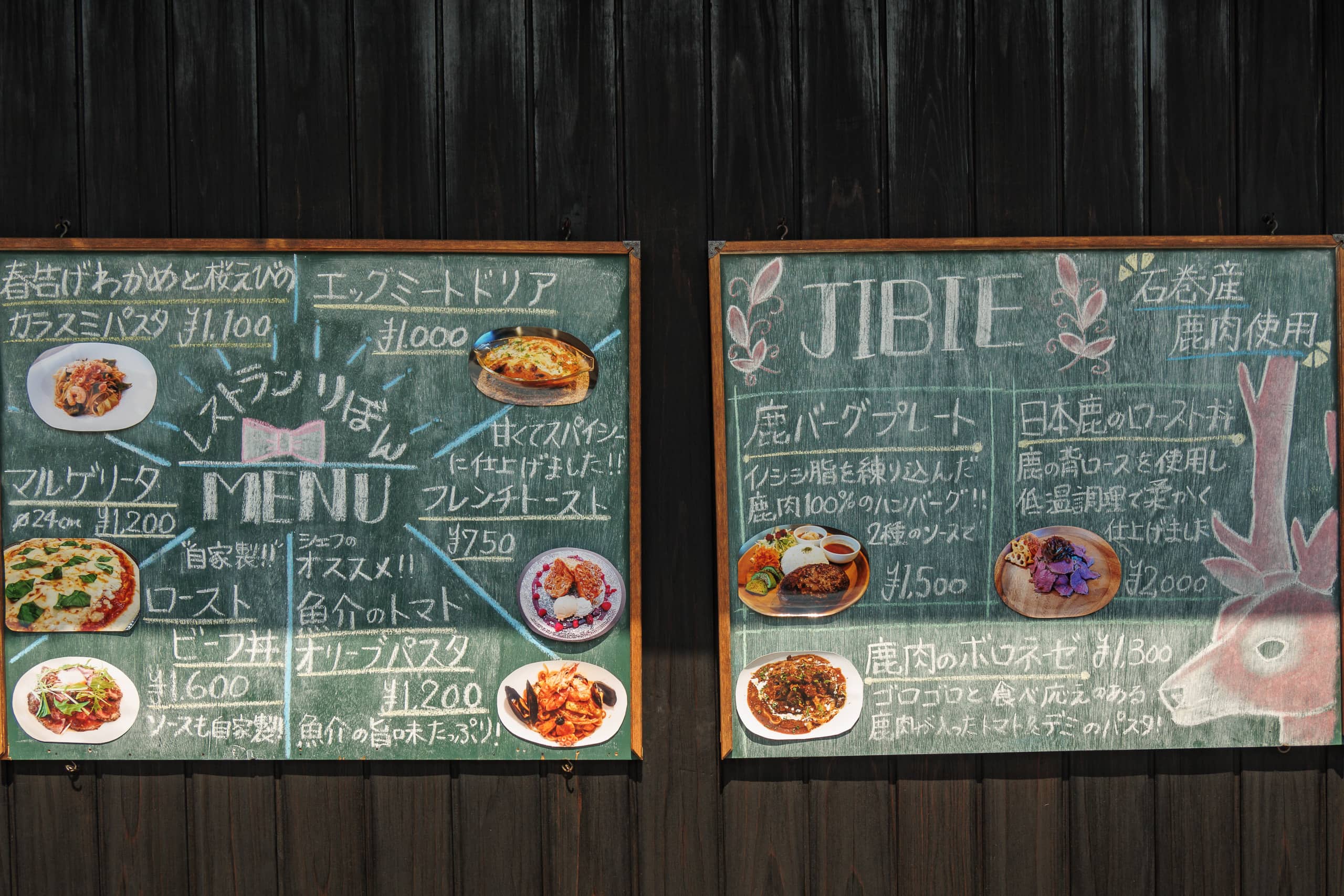
The hand-drawn menu on the wall showed us they cook locally hunted venison dishes. As a European, Erik is very familiar with game animal dishes, so we got interested in this place. By the way, the game animal cooking is generally called gibber, a French culinary word meaning game animal.
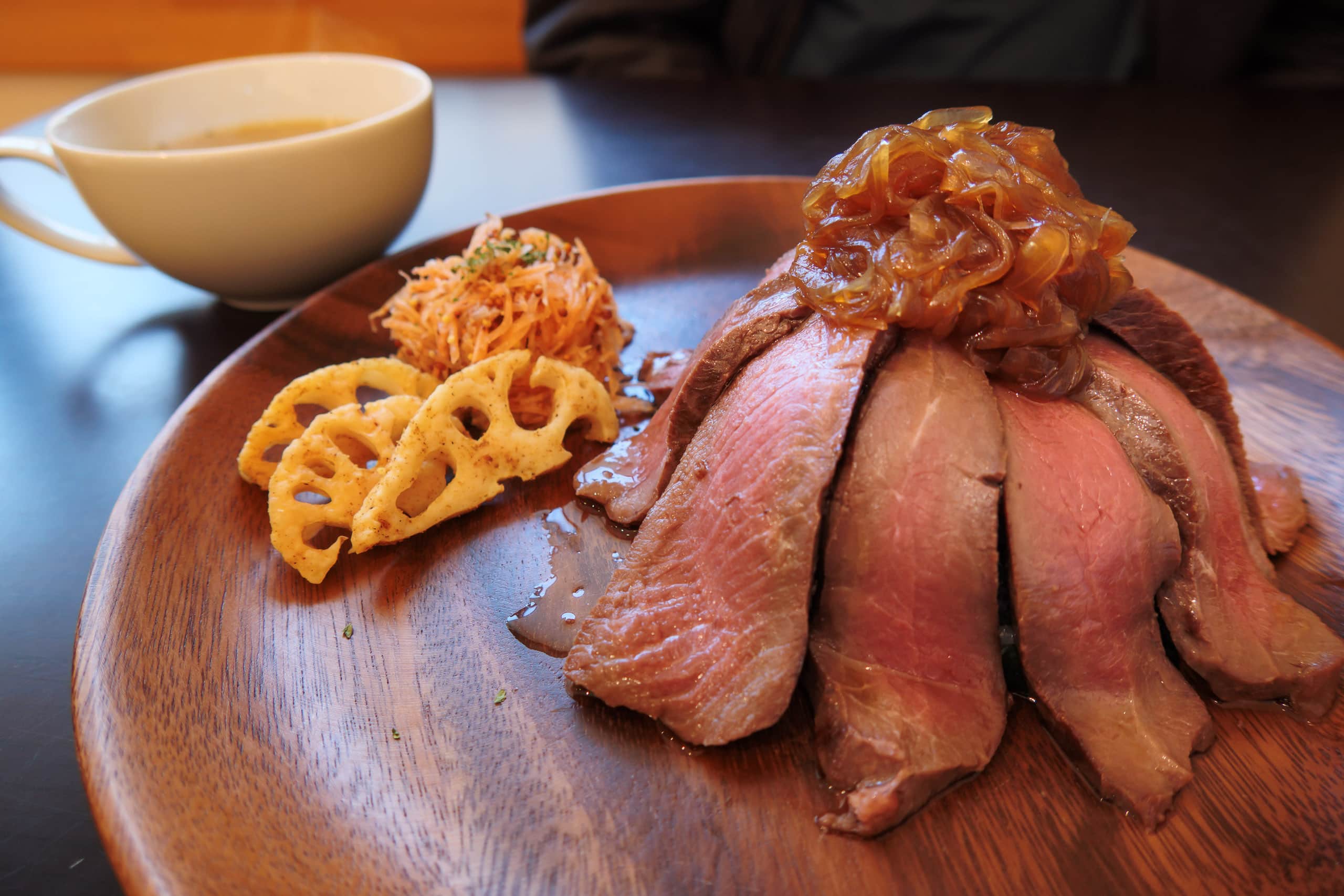
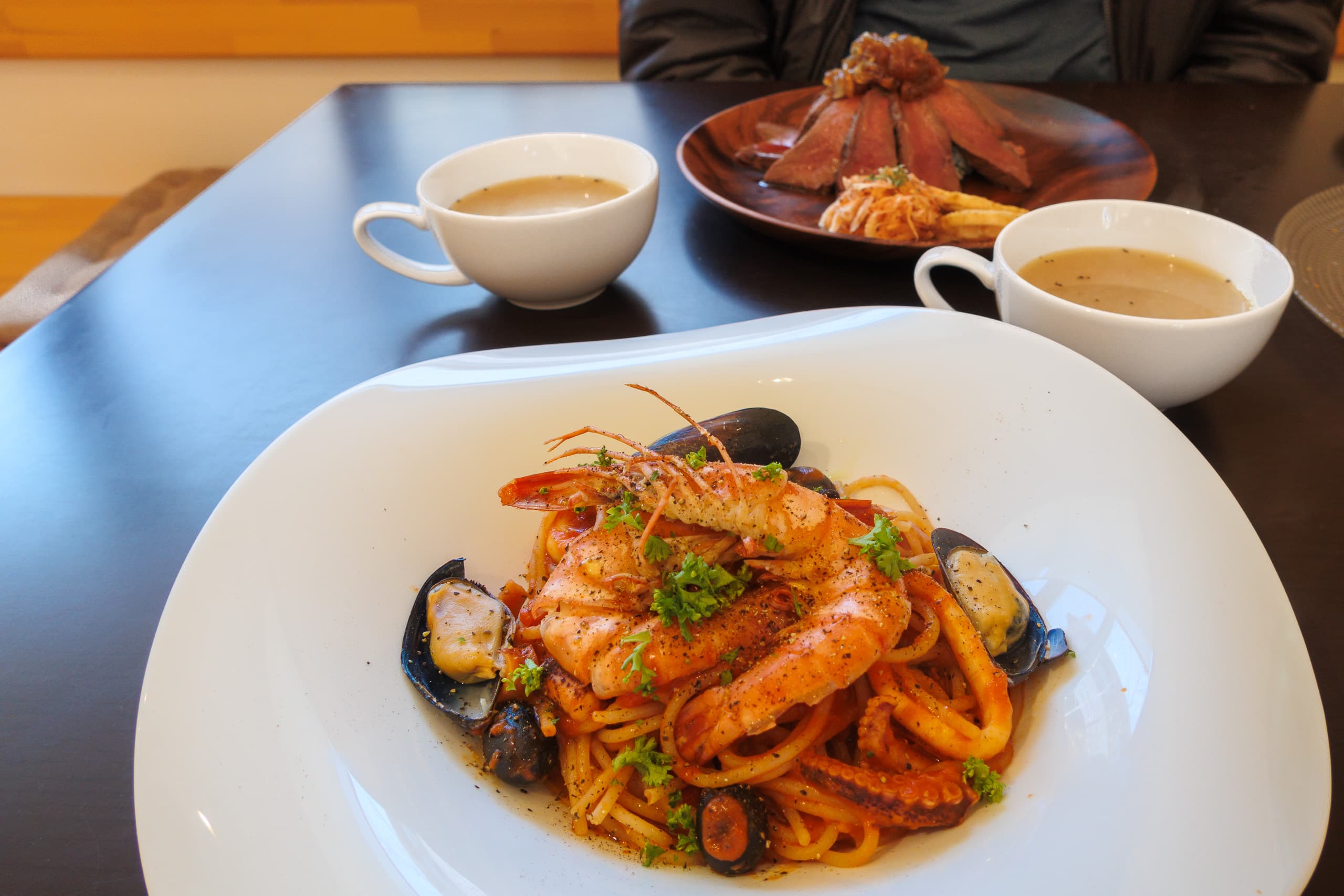
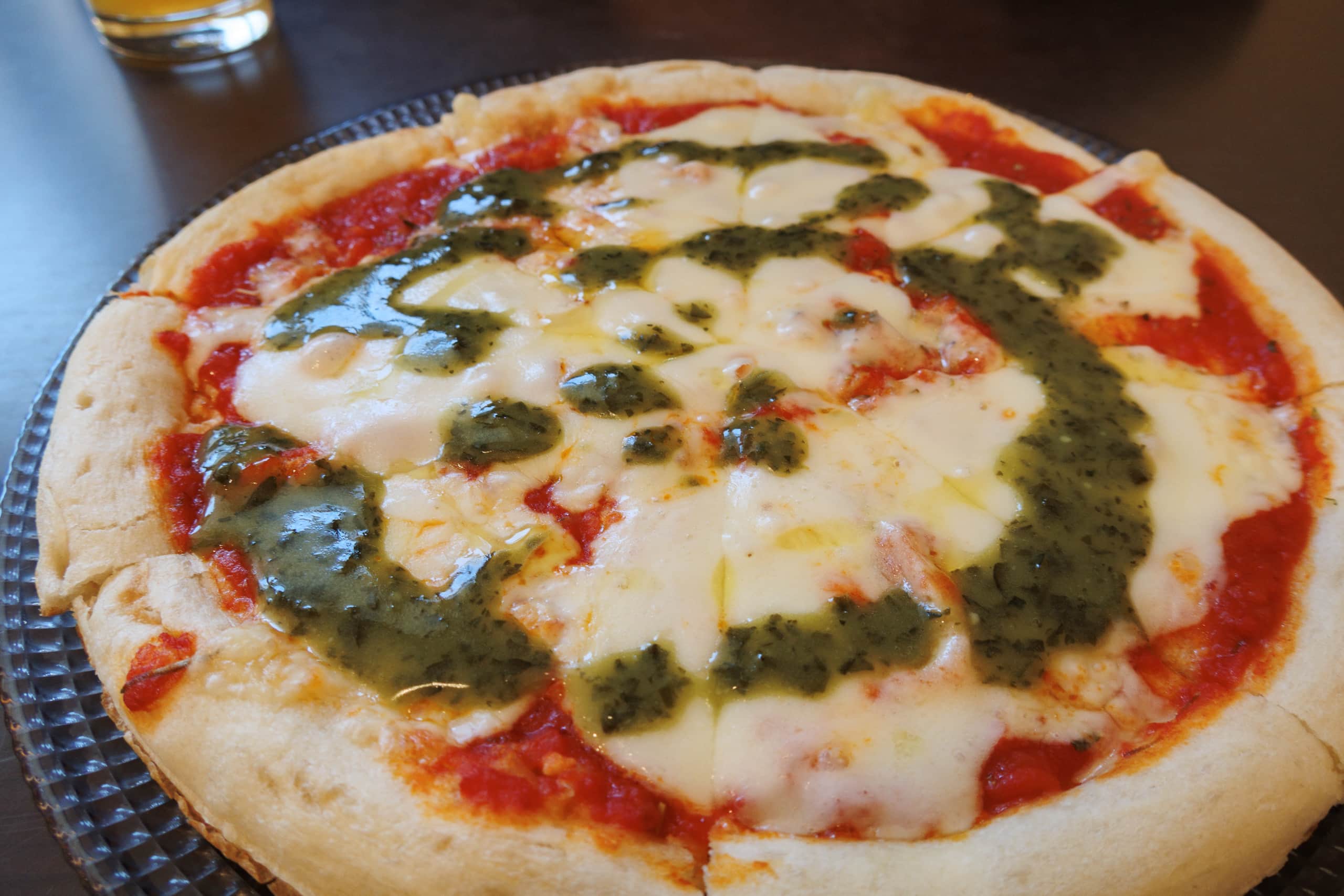
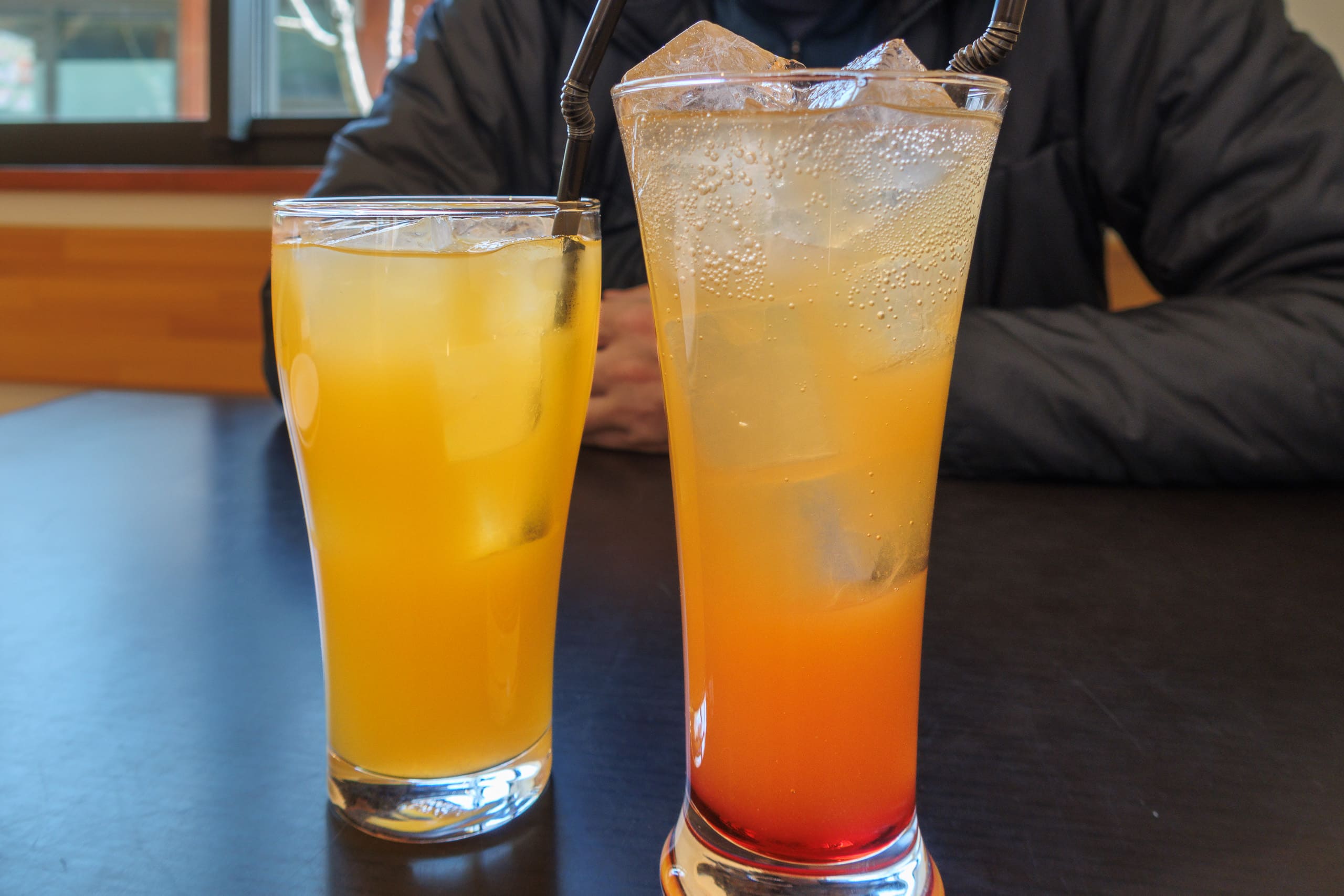
We ordered a roasted venison rice bowl for Erik, seafood pasta for me, and a shared margarita pizza. The roasted venison impressed Erik, who obviously had higher standards about game animal dishes than me. I tried one bite, and the very tender and juicy meat exceeded my expectations.
Erik tried to find what the delicate ingredient in the flavorful sauce was. We wish we had asked the chef.
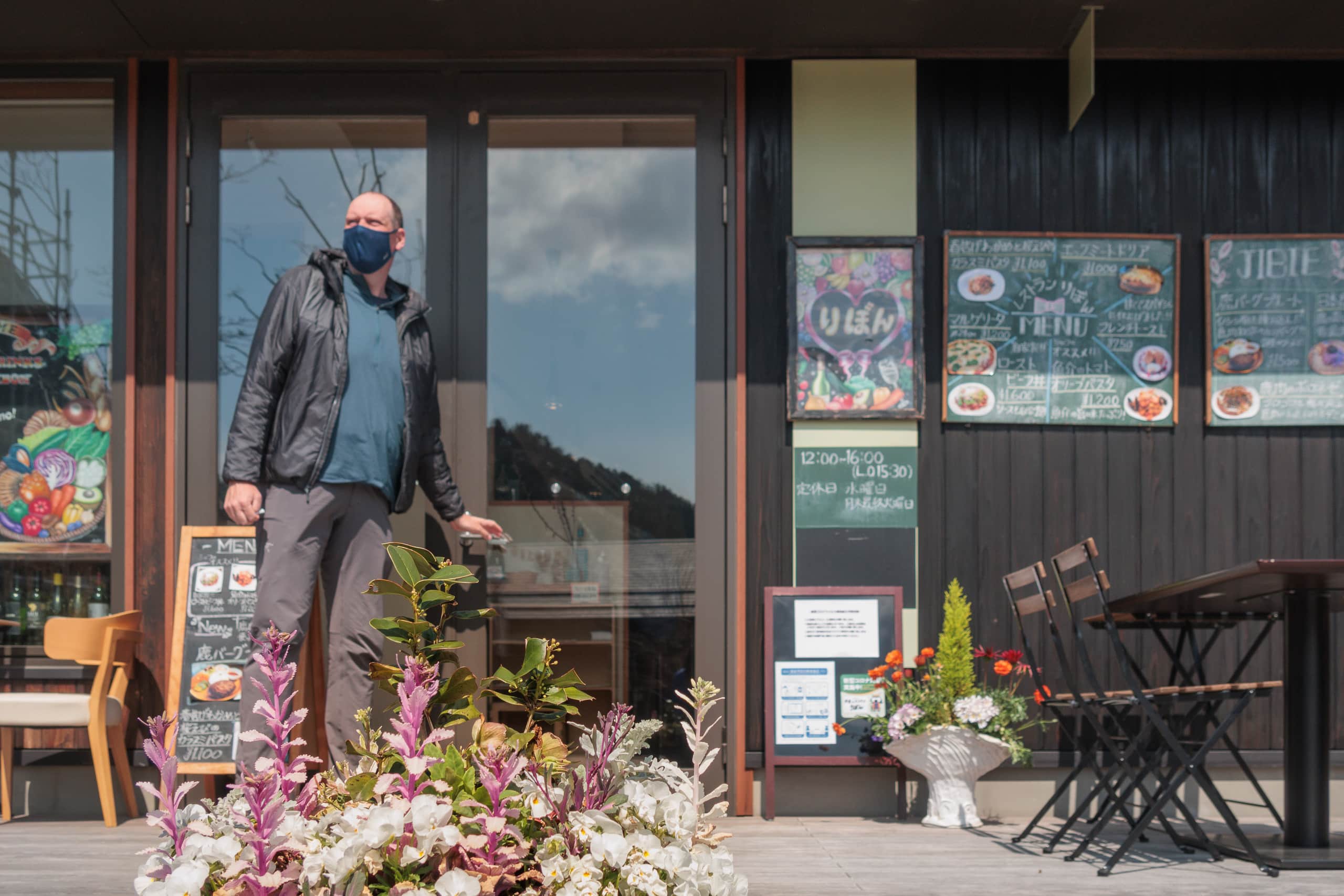
The upbeat Onagawa
We really liked Onagawa Town and its upbeat vibe.
Honestly, we had been tired of continuously walking through deserted, empty lands and could not help questioning the meaning of the MCT route line being drawn there.
We all know that the Michinoku Coastal Trail is more than just a great nature hiking trail. It is also a journey to trace the memories of the lost and lessons learned in the great earthquake of March 11, 2011.
But all the monuments we had seen in the last two weeks were remains of the destroyed buildings, left alone in the middle of empty lands.
Keeping the memory of the old towns and people is one thing, but looking like there is nothing else left anymore is another. Those empty lands could still play a part in passing the lessons learned from the disaster on to future generations. But we would instead want to see more positive things, the visible recovery.
Don’t get me wrong; we are completely aware that no one gave up everything and just collapsed and that all residents and houses moved to the higher areas of the town and made great rebuilding there. But walking through uninhabited abandoned lands all the time only made us see the unimaginable sorrows one of the most devastating disasters in history caused.
The memory of the earthquake and tsunami should not be all about the loss and sorrow because we know that, even amid the unimaginable aftermath, the respectable, unbreakable resilience and strength of the local people and communities in Tohoku were shining through. We want to see that bright side. We want our thru-hike on the MCT to acknowledge and celebrate the power of people and nature here in Tohoku.
Onagawa was the first place we could see an example of incredible rebuilding in the Tohoku Pacific coastline. We appreciate that all of its shops, services, and activities now stand firm on the land of devastation once.
We received this town’s upbeat energy, and it brightened us up.
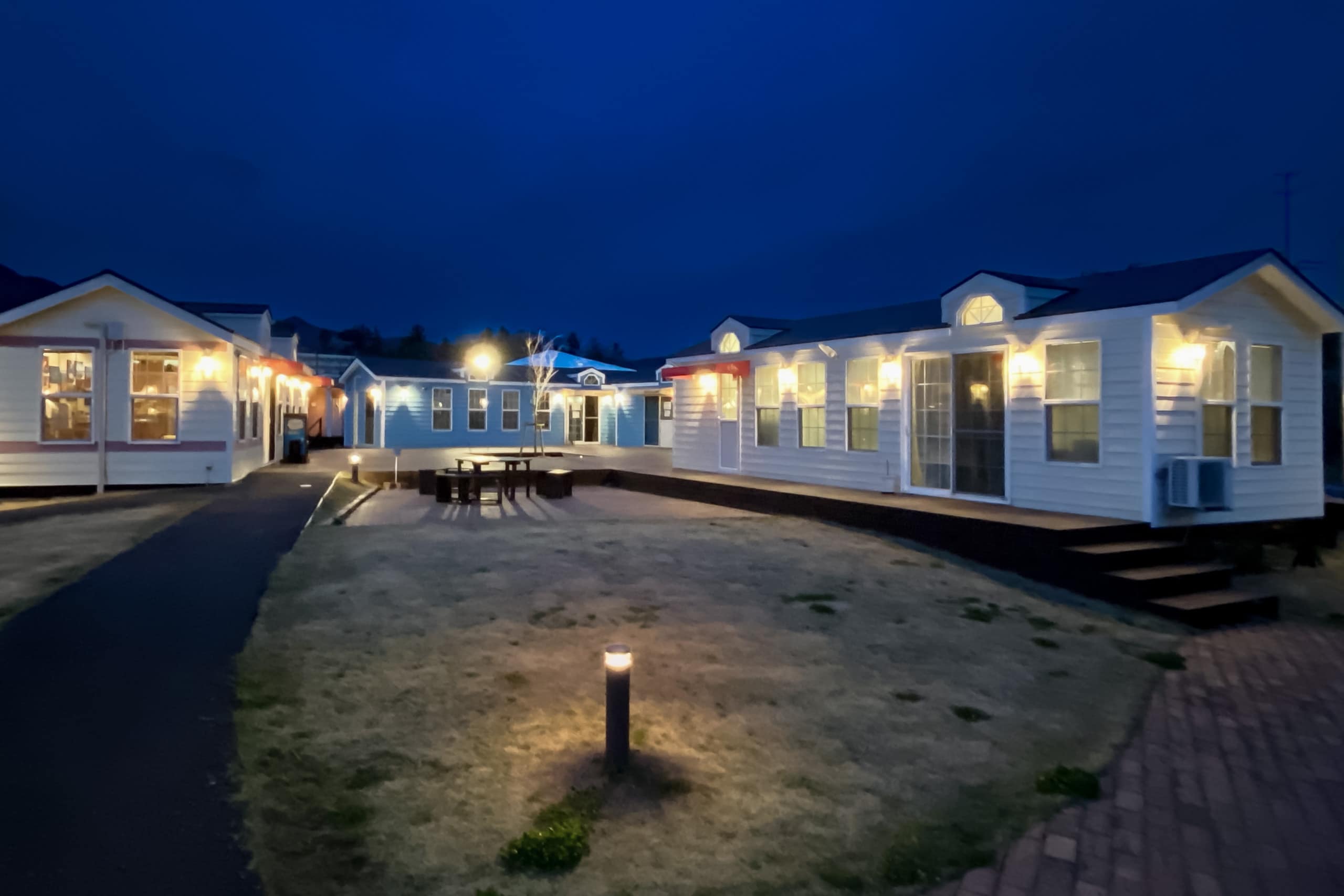
Day 13 & 14 – MCT
The Michinoku Coastal Trail Thru-hike : late March – mid-May 2021
- The first and most reliable information source about MCT is the official website
- For updates on detours, route changes, and trail closures on the MCT route
- Get the MCT Official Hiking Map Books
- Download the route GPS data provided by MCT Trail Club
- MCT hiking challengers/alumni registration



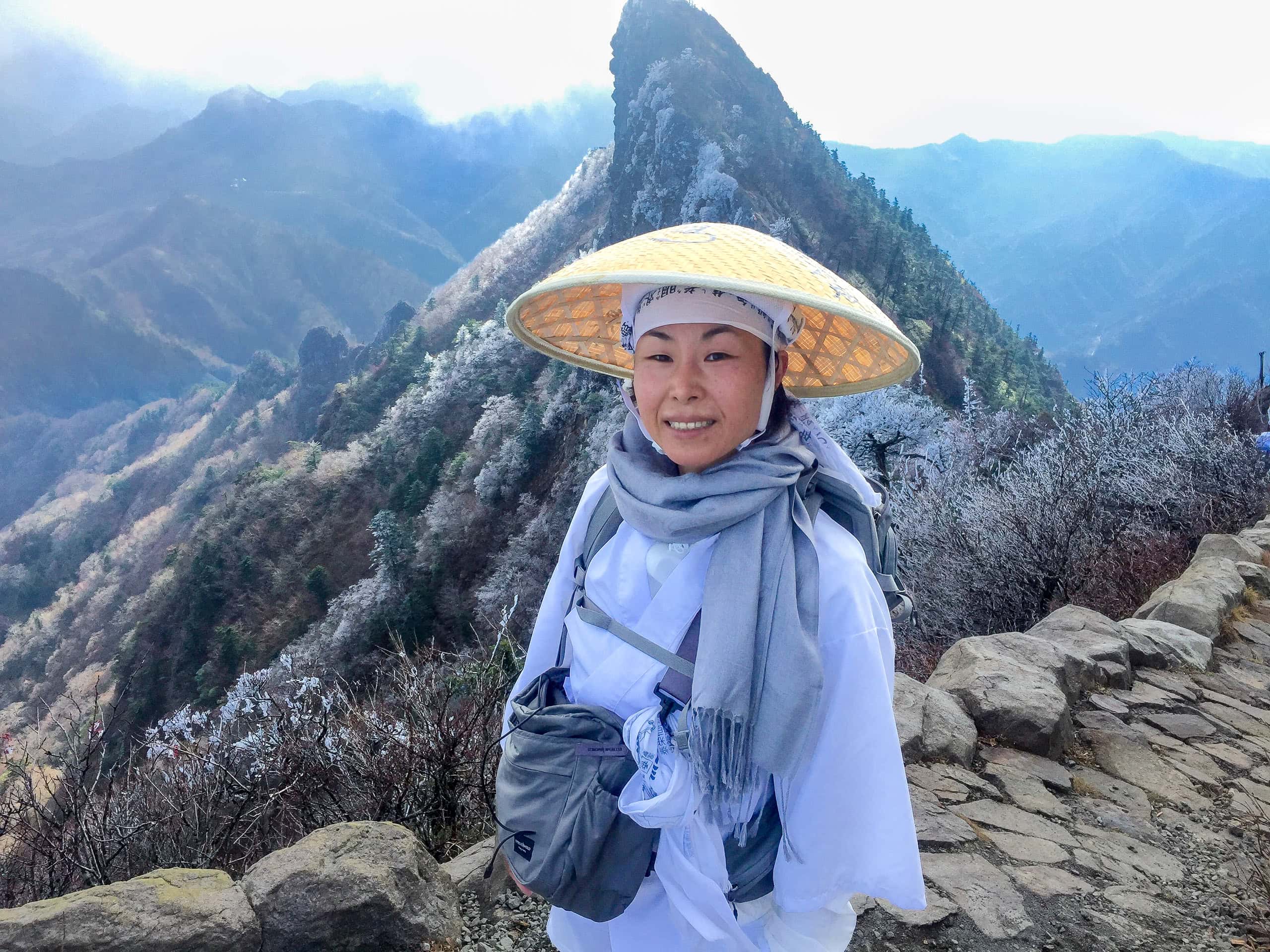
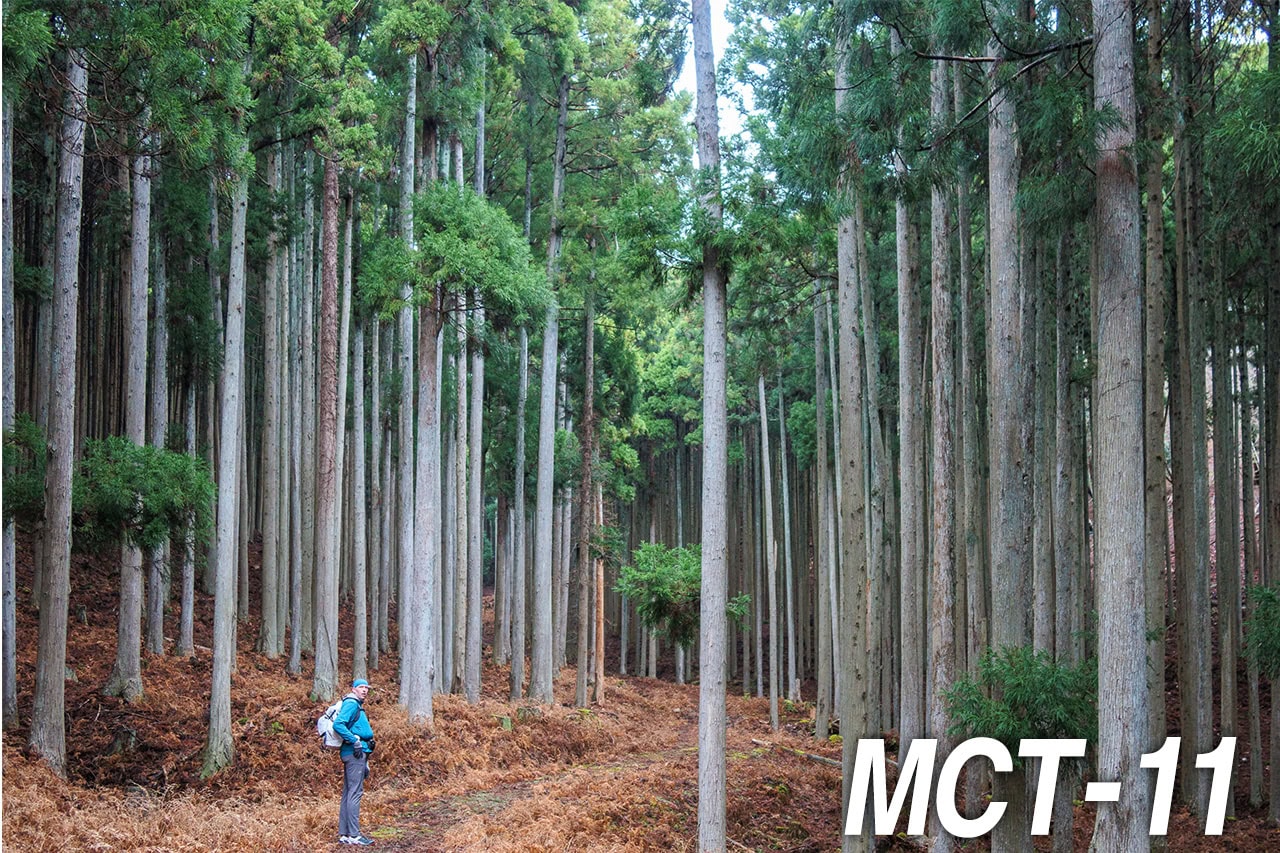
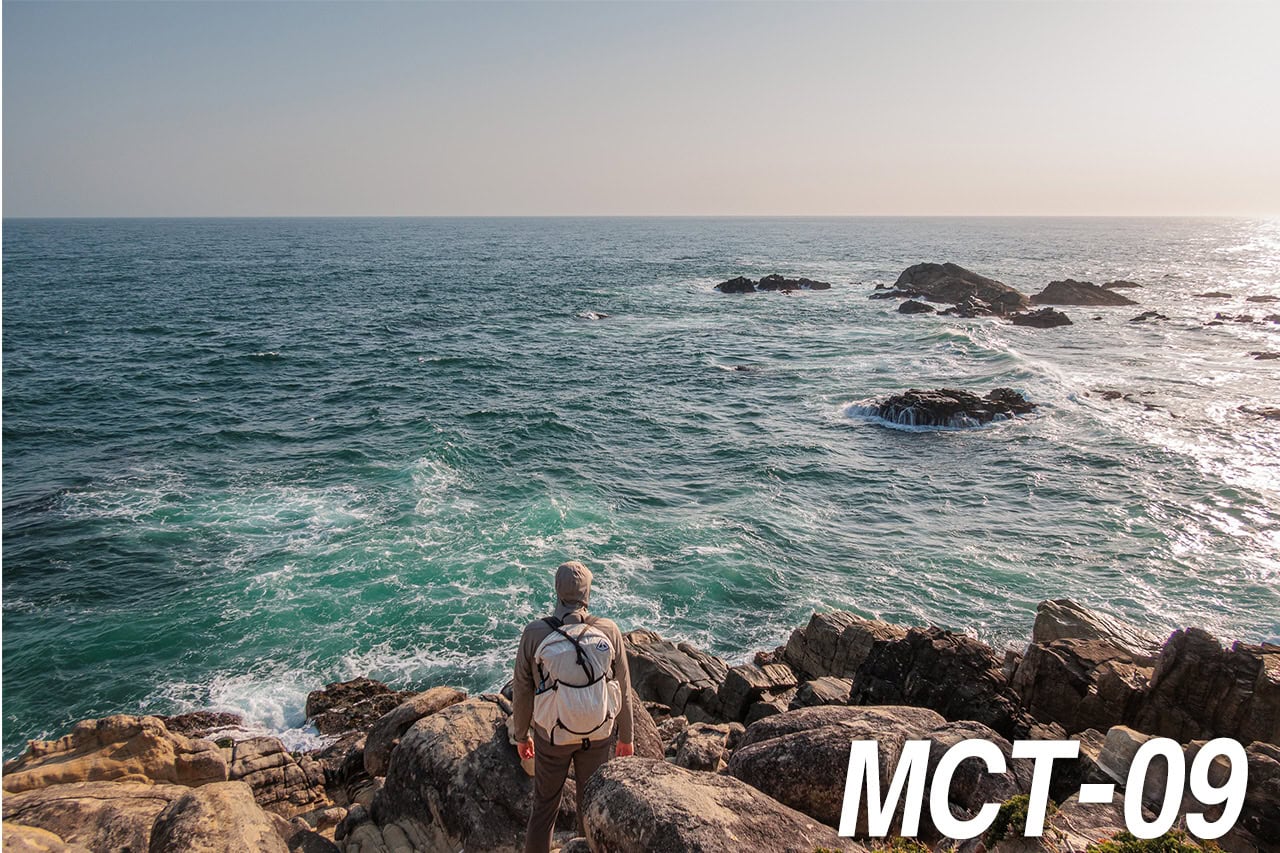
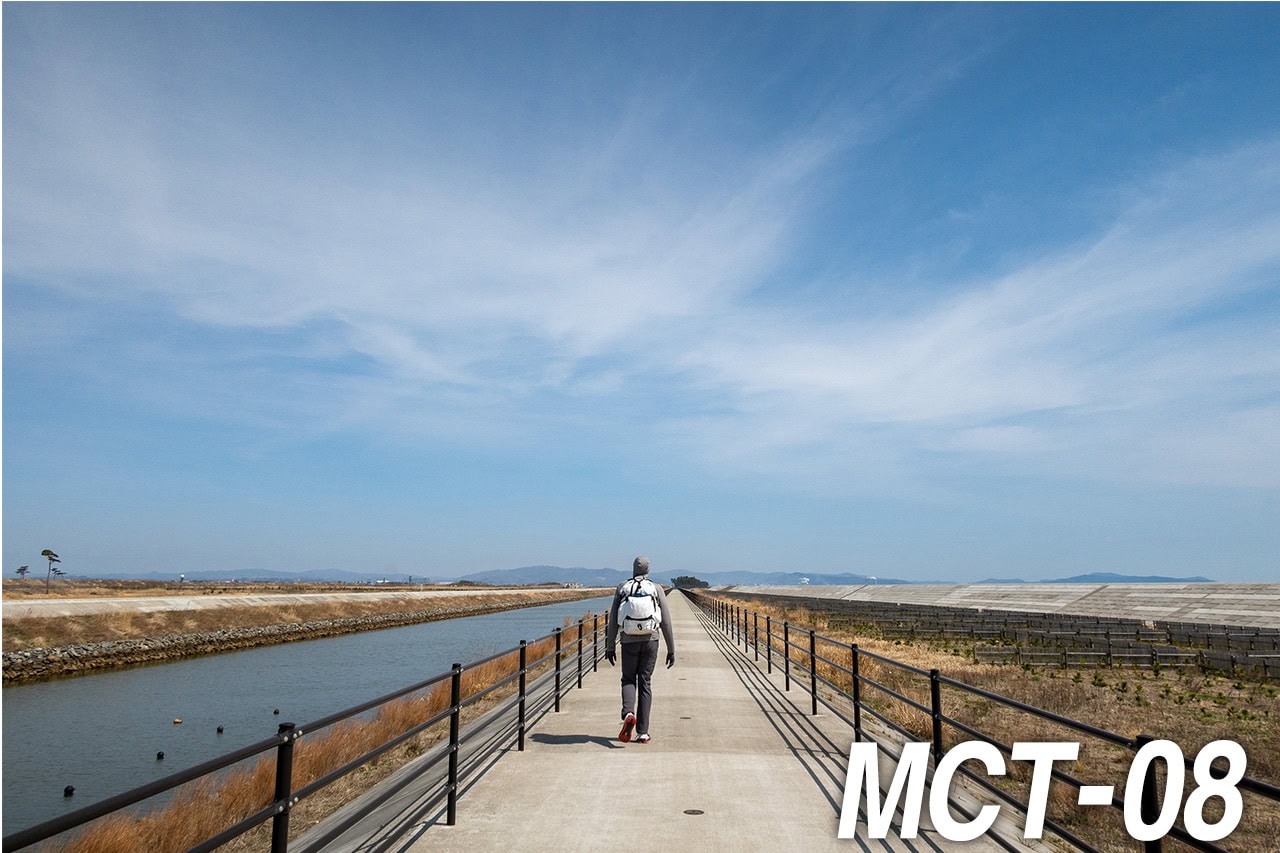
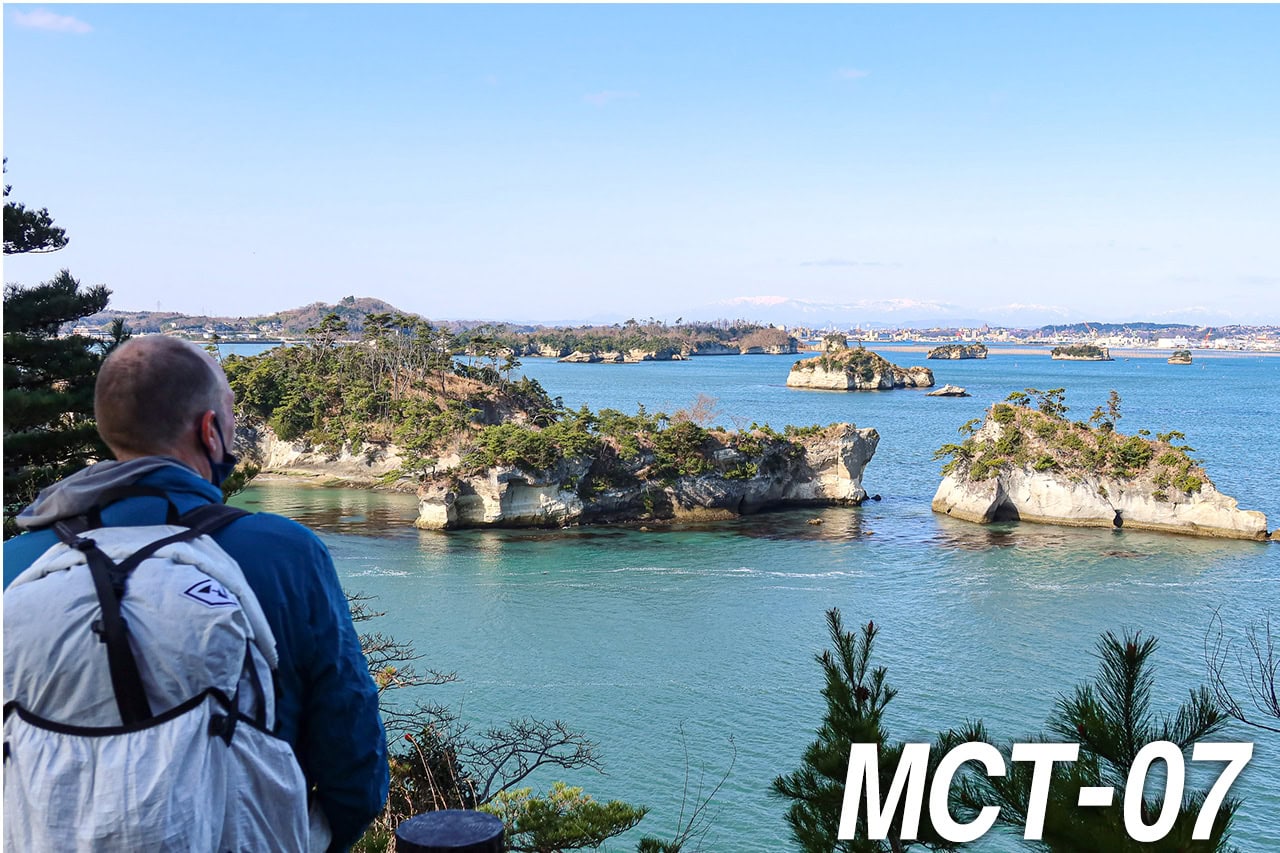
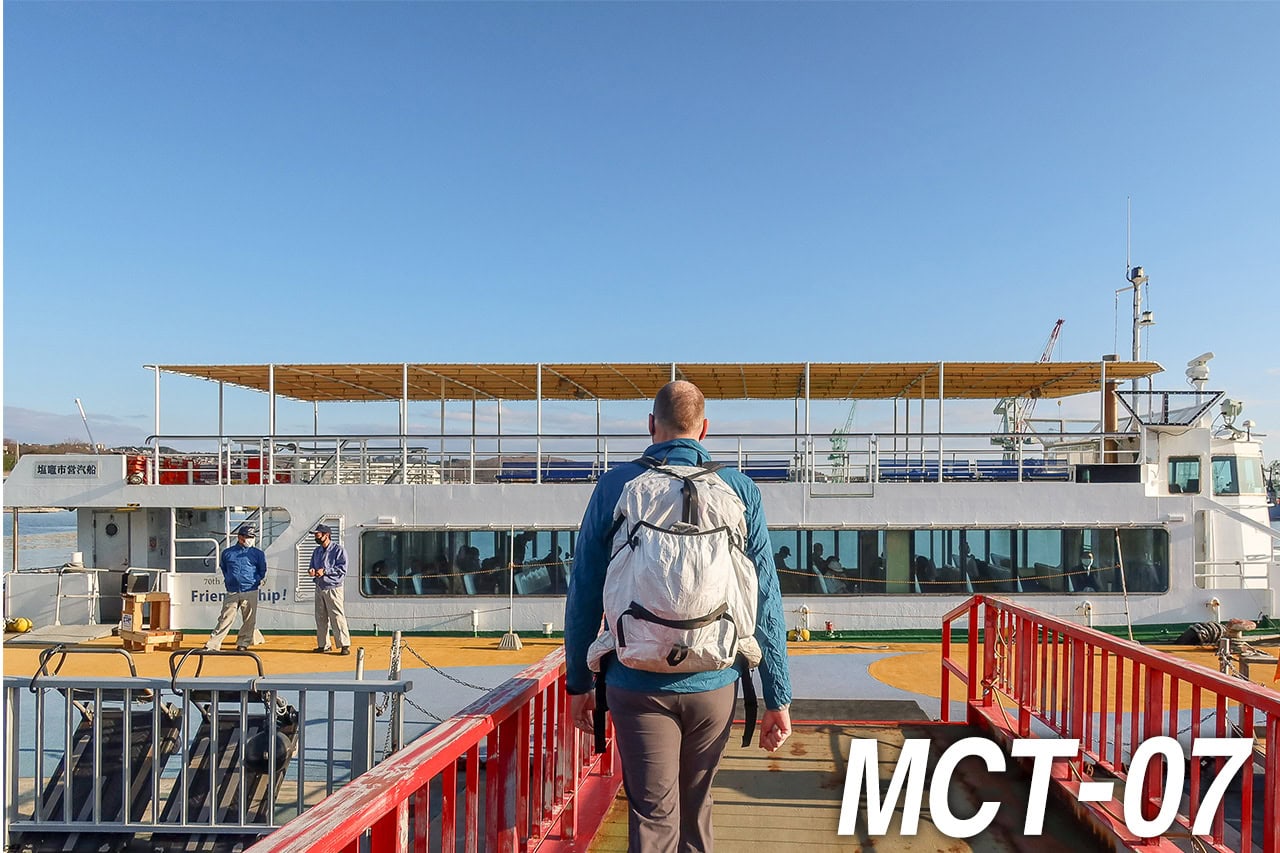
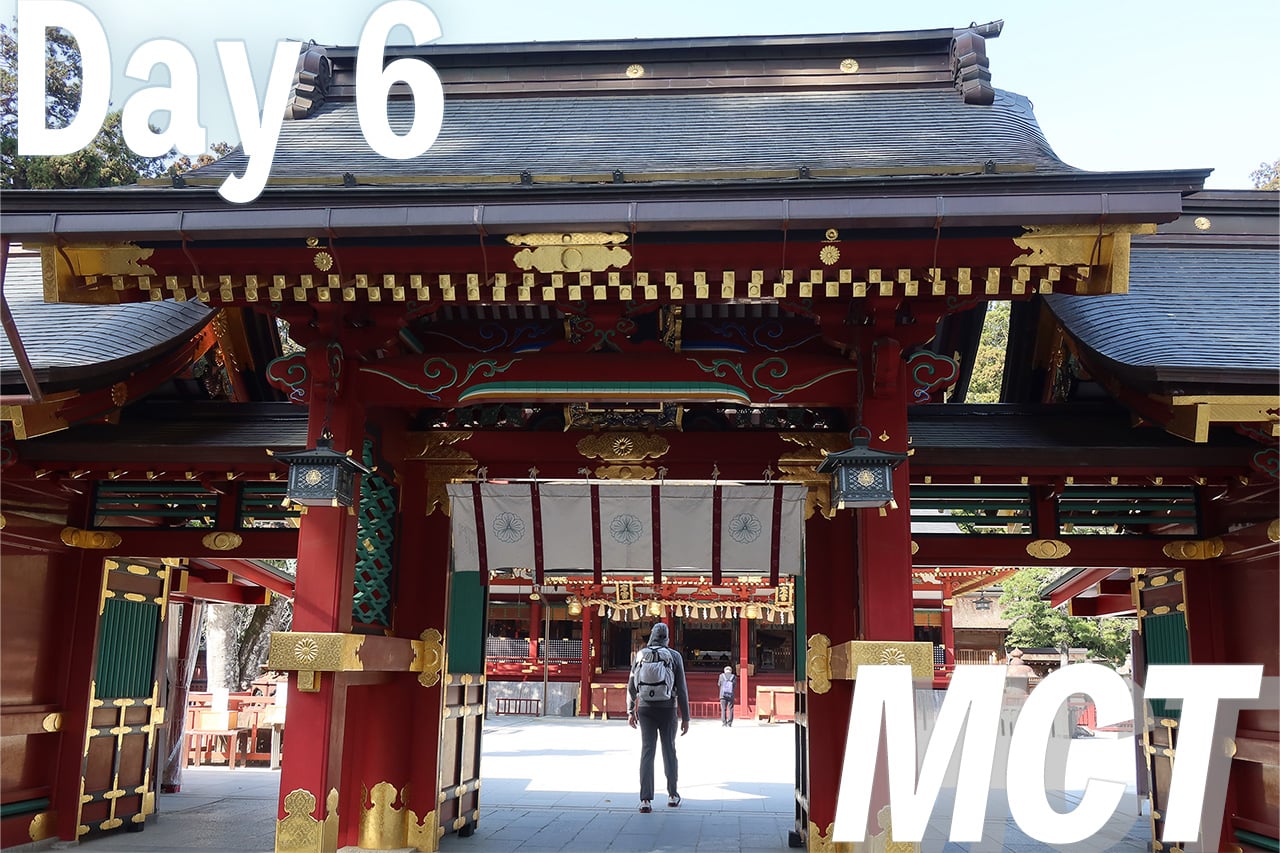
Comments
List of comments (1)
Your description of your journey and experiences in this travelogue is priceless for would-be MCT travellers. Love your writing style! Thank you for making your story available to the non-Japanese speaking pilgrims.